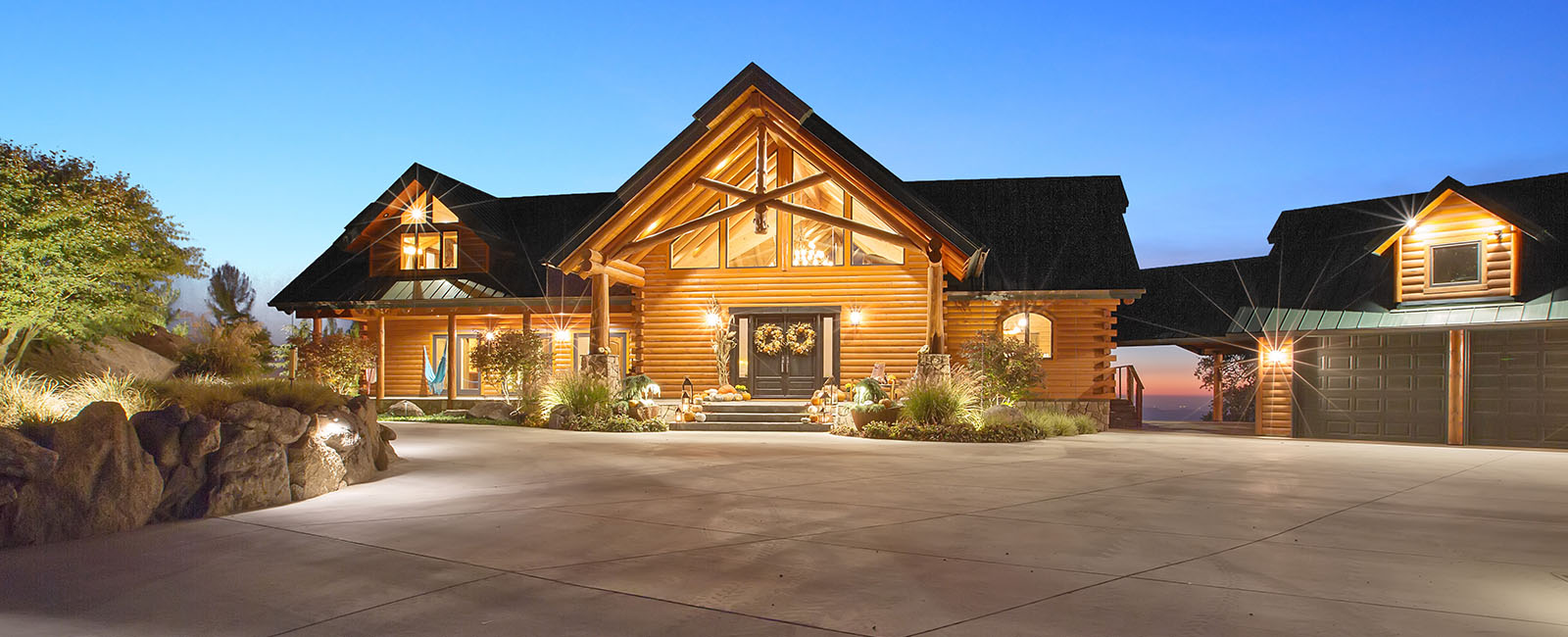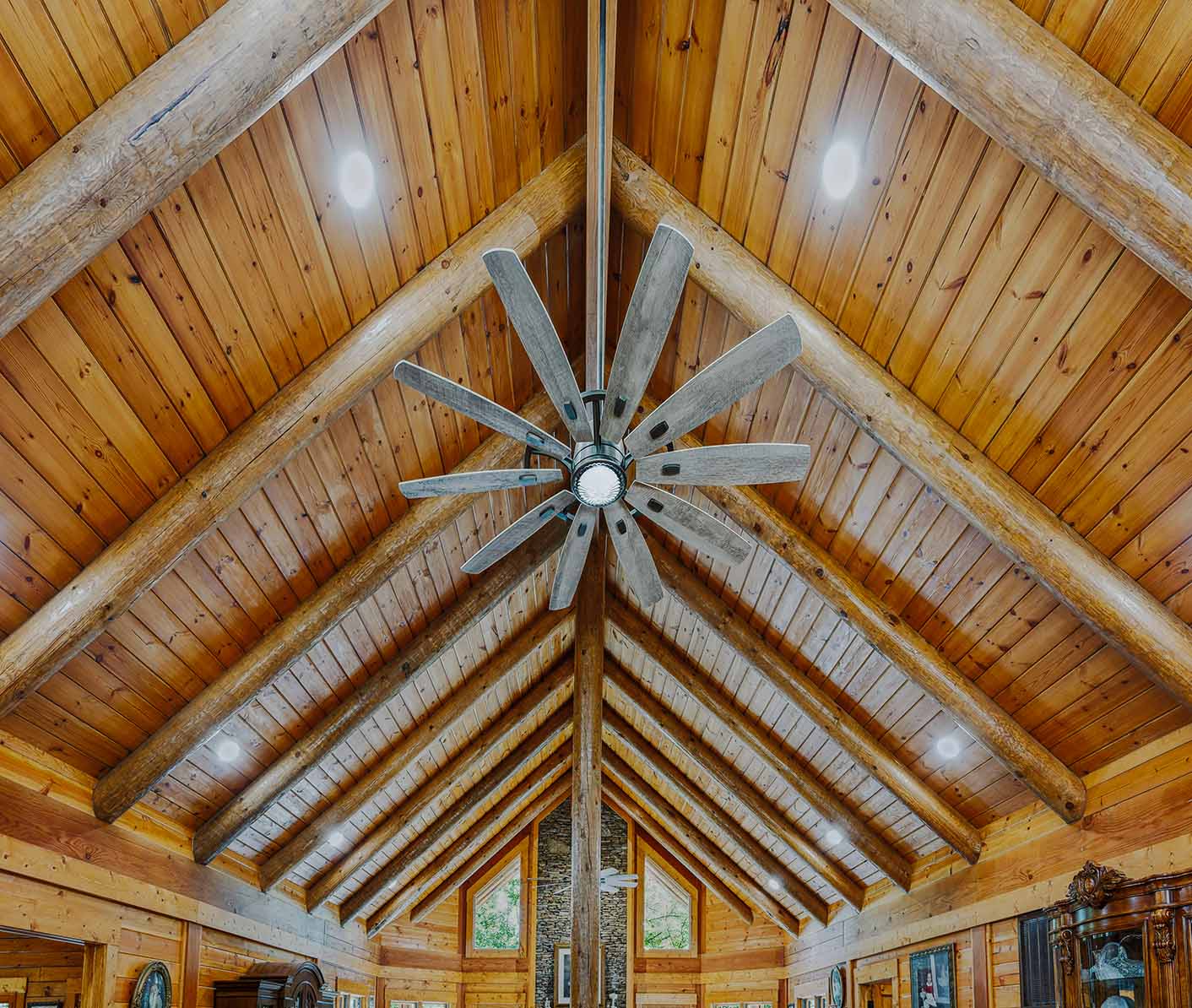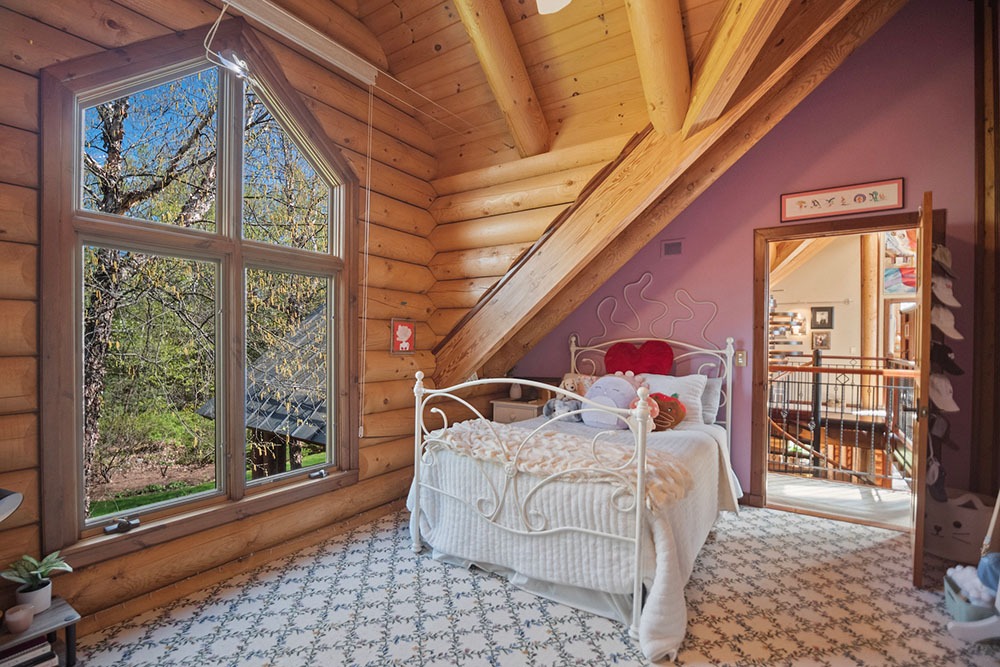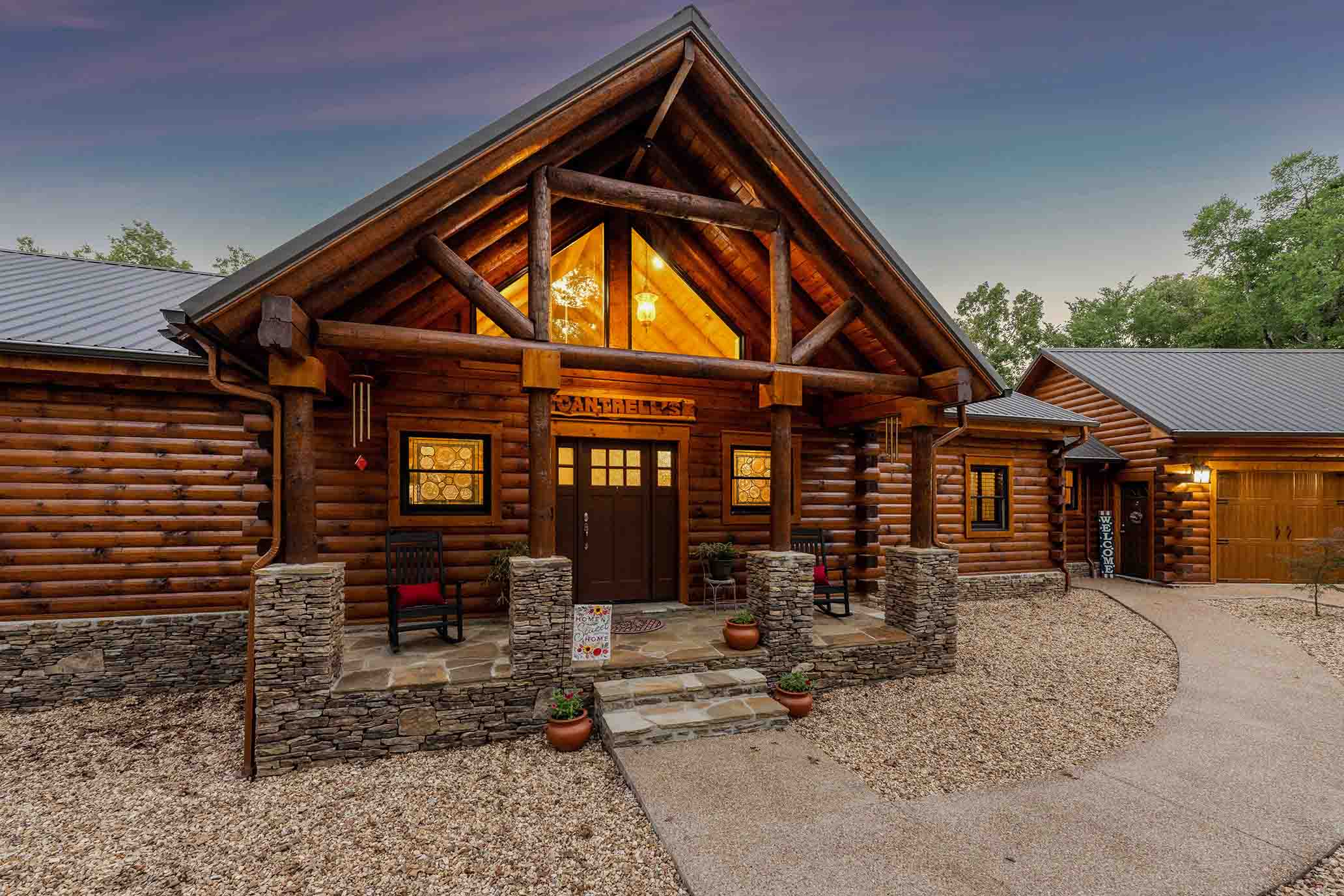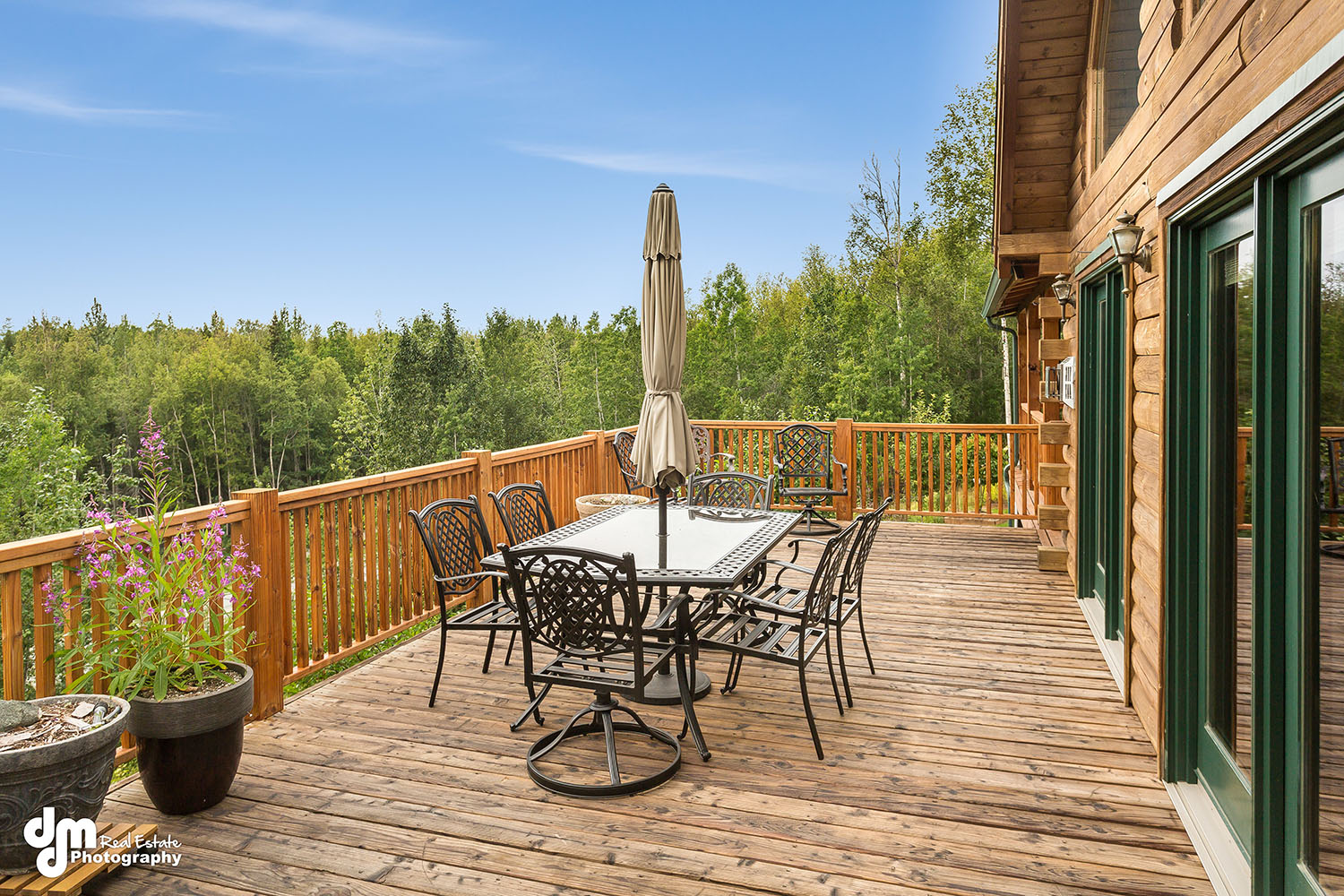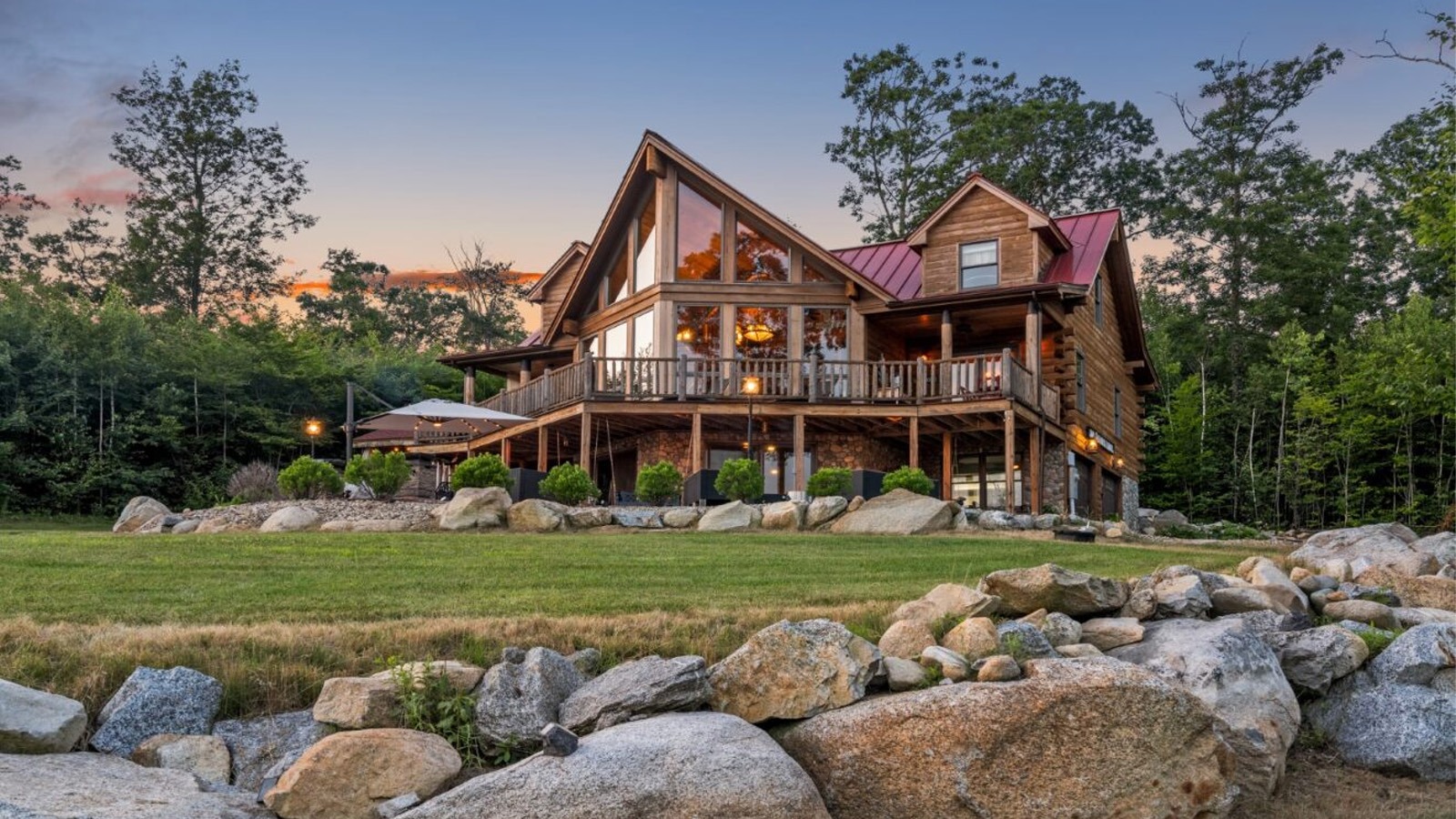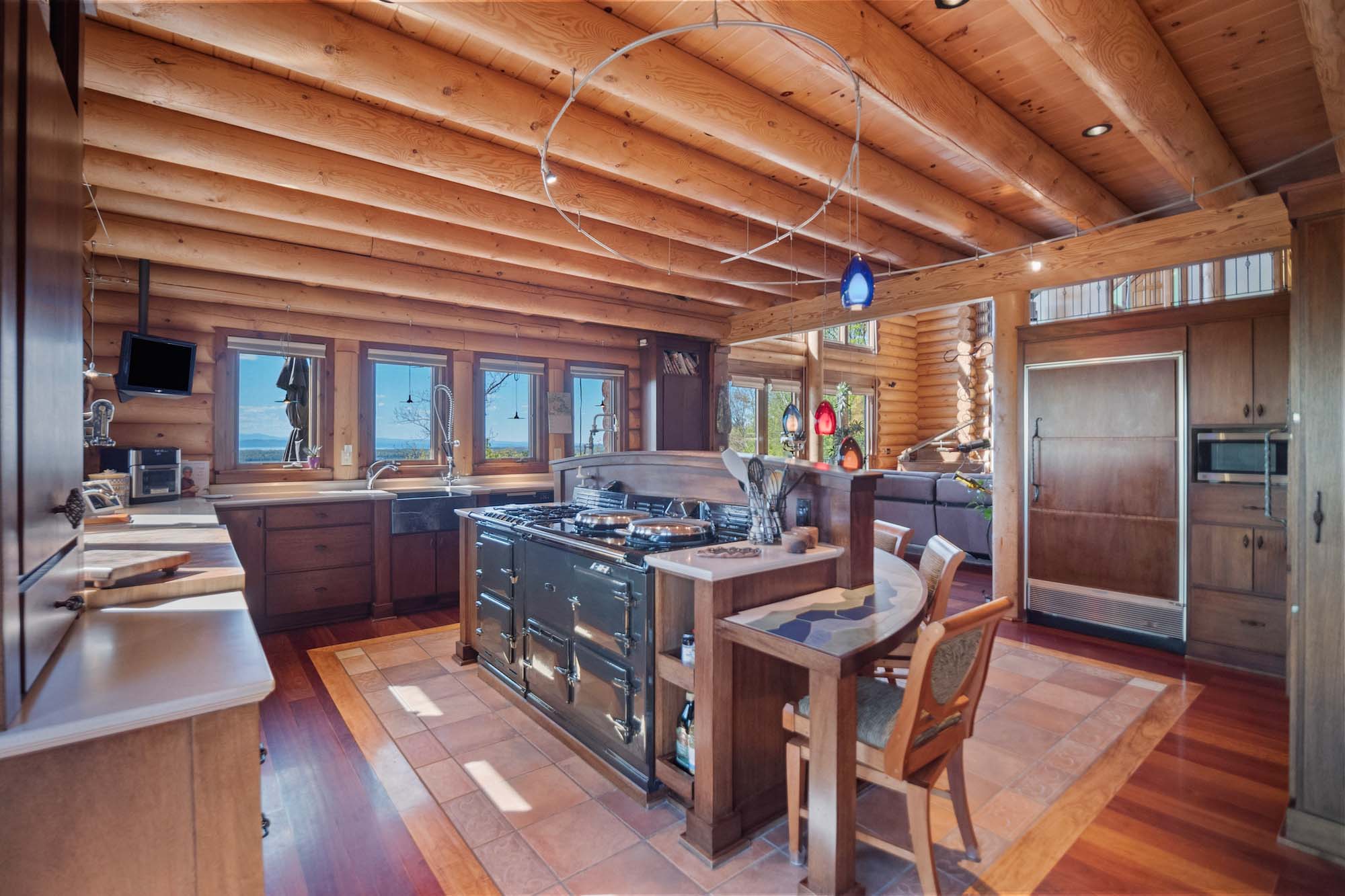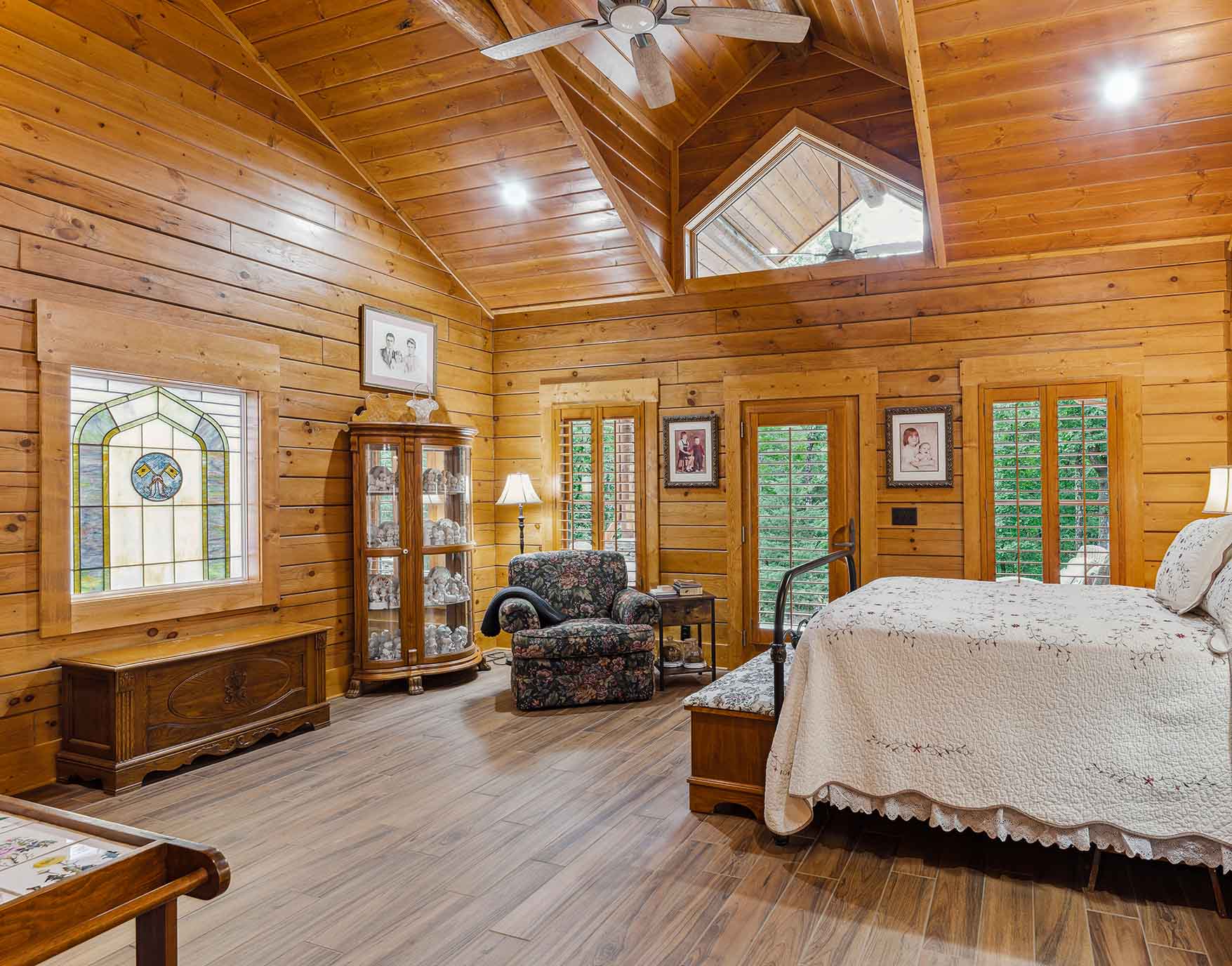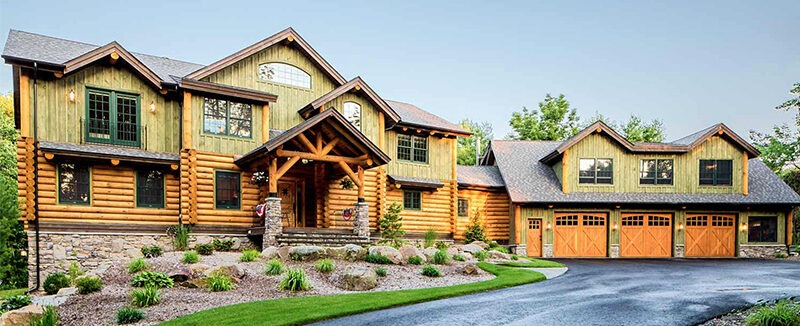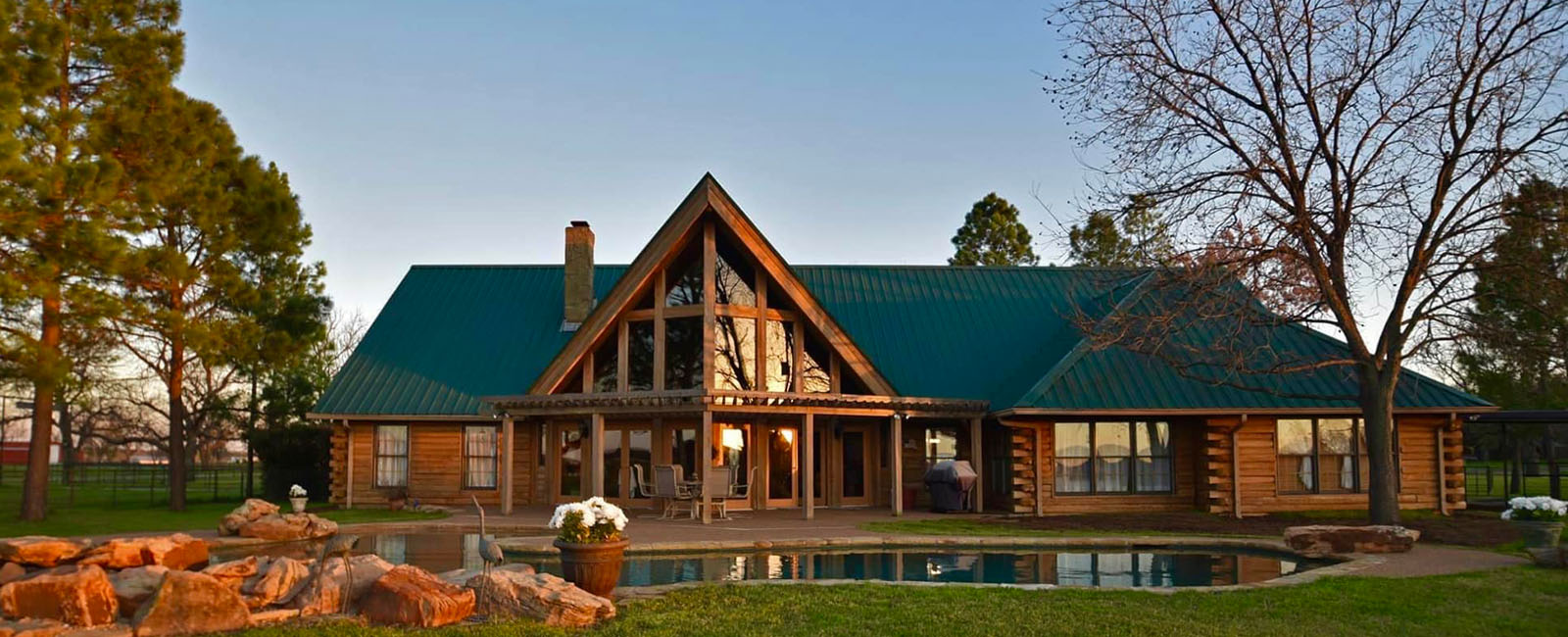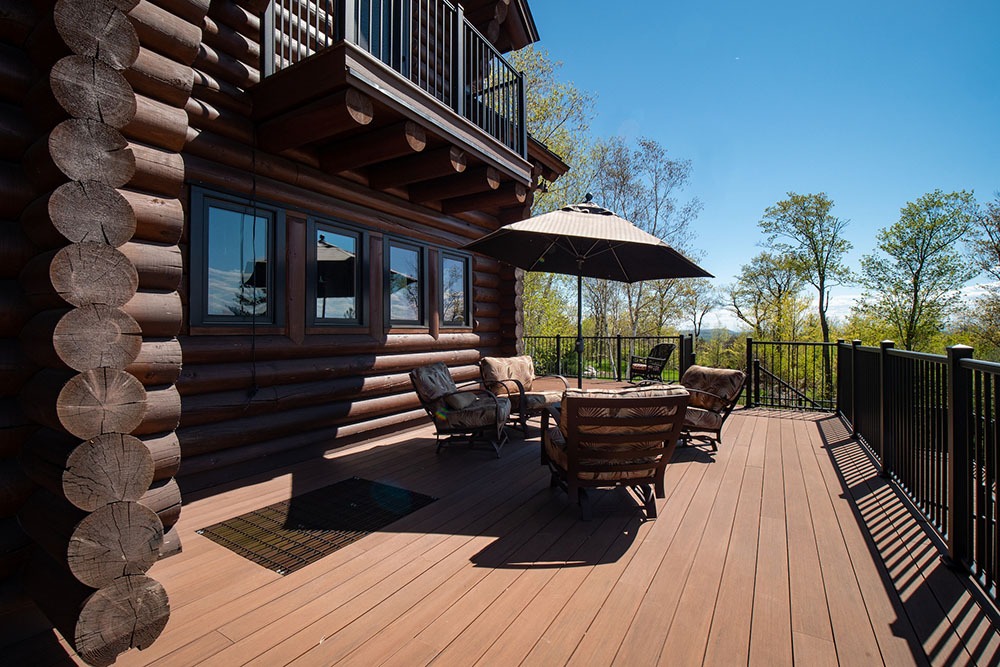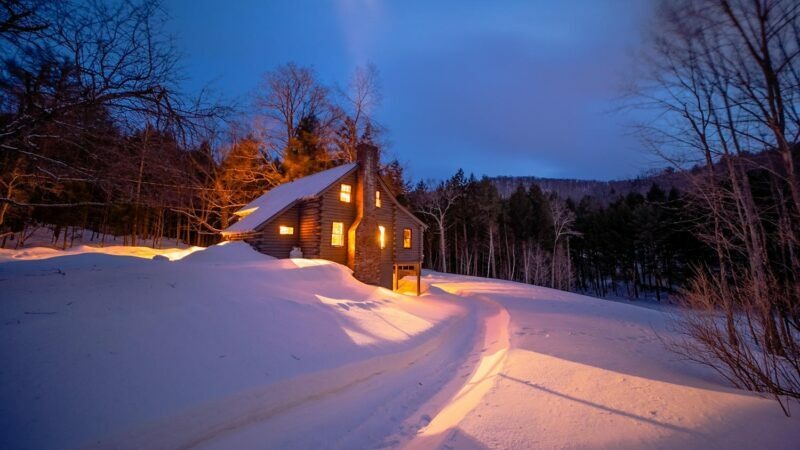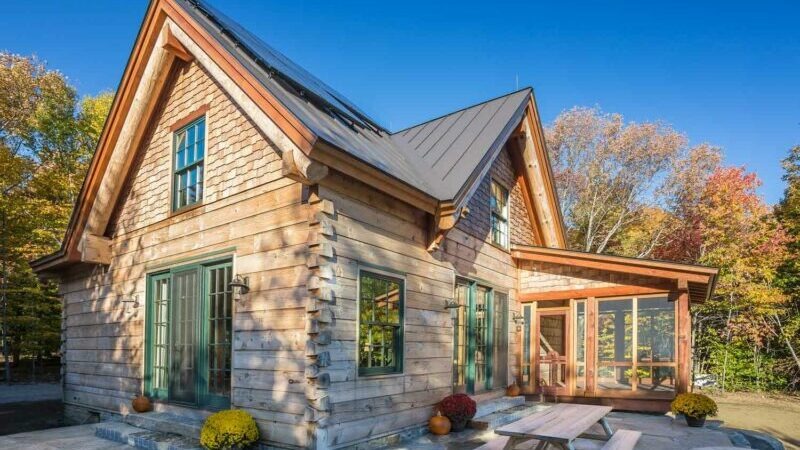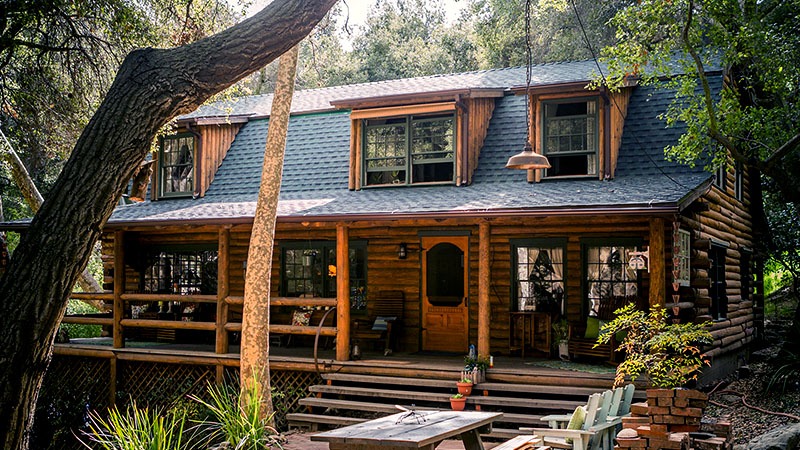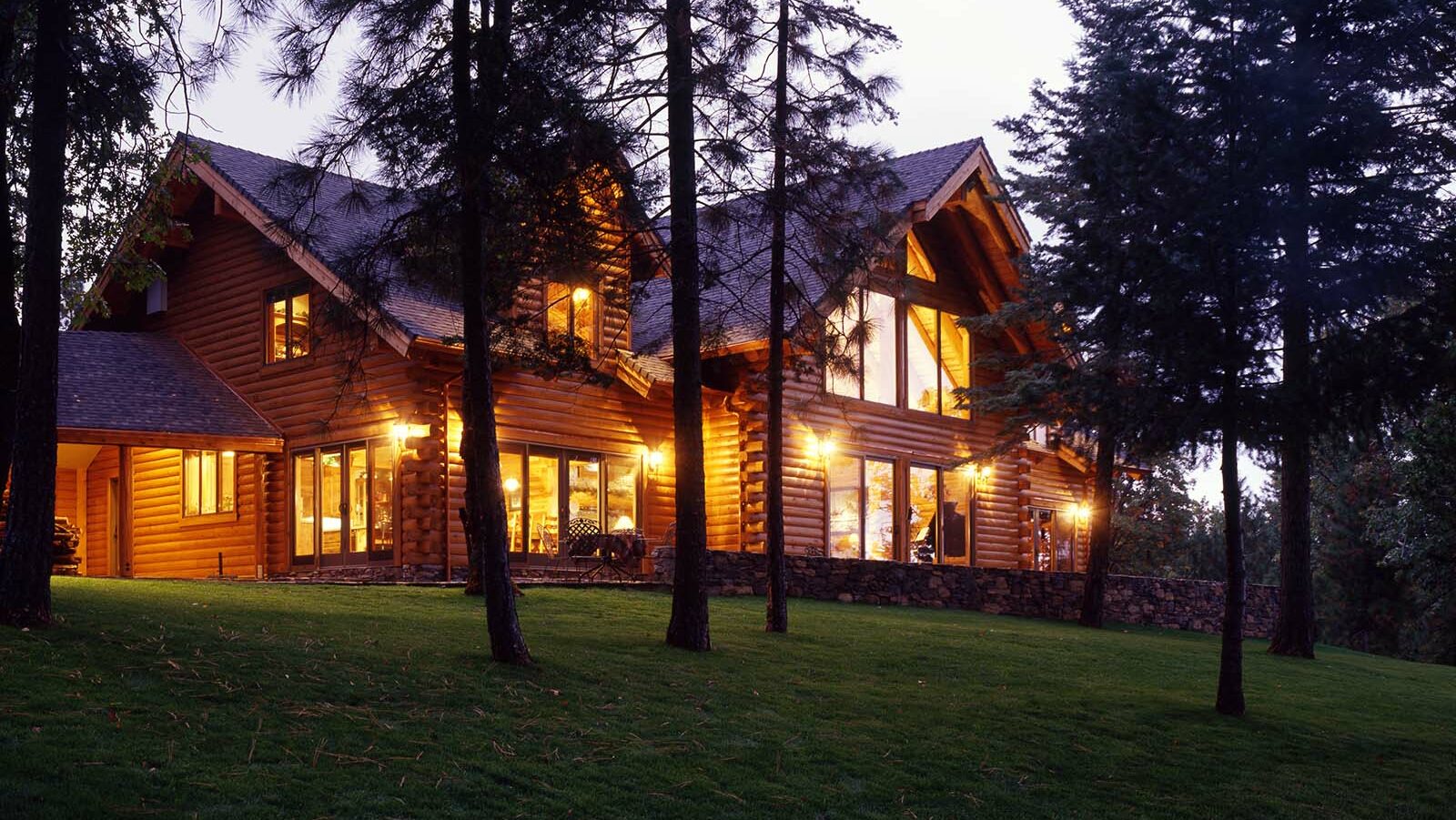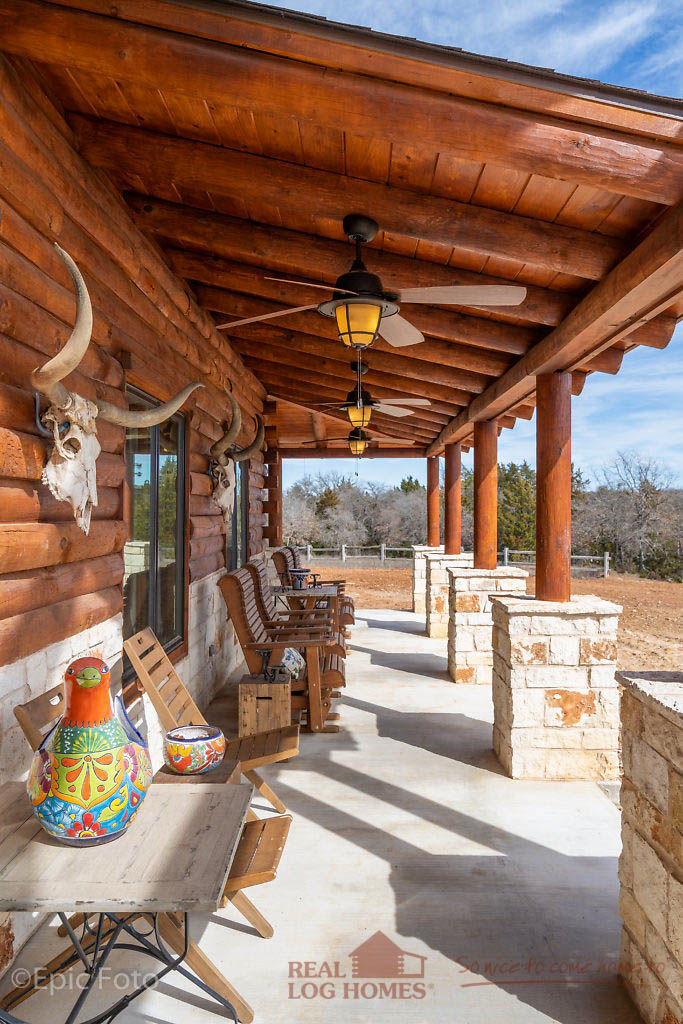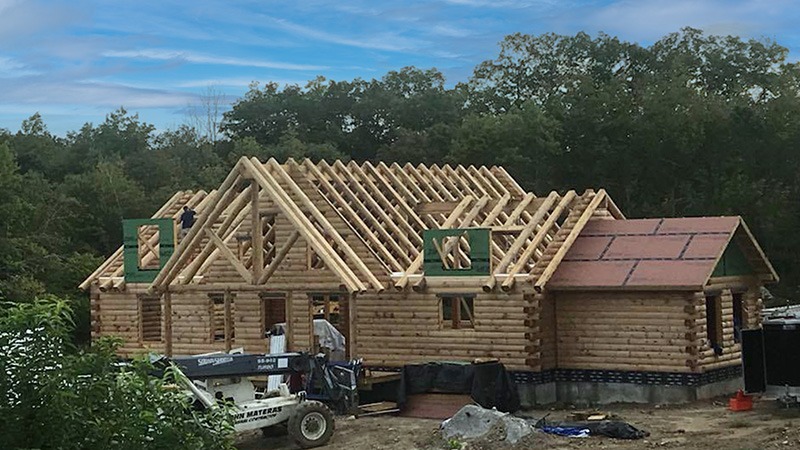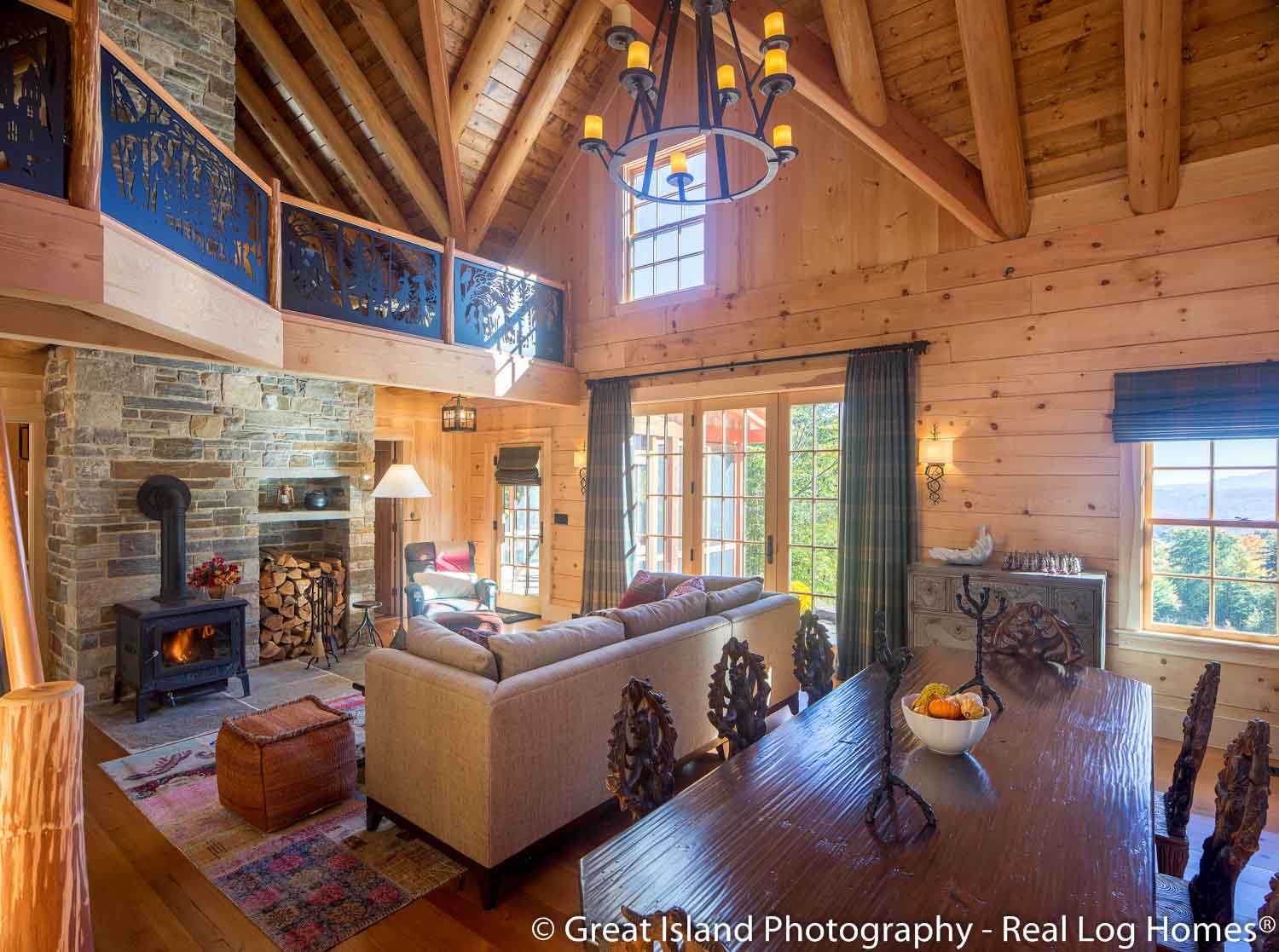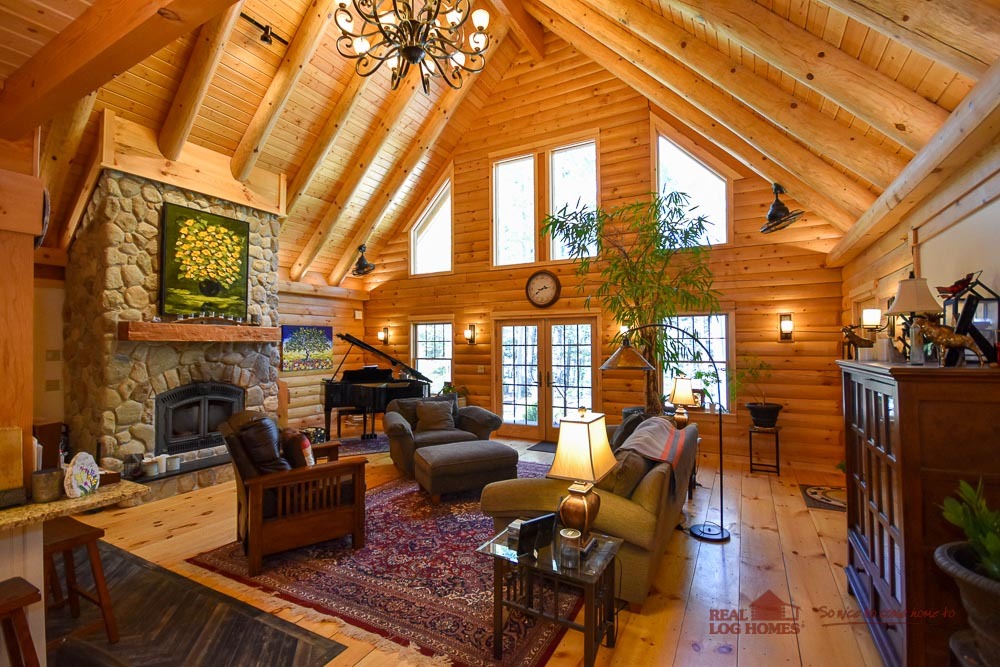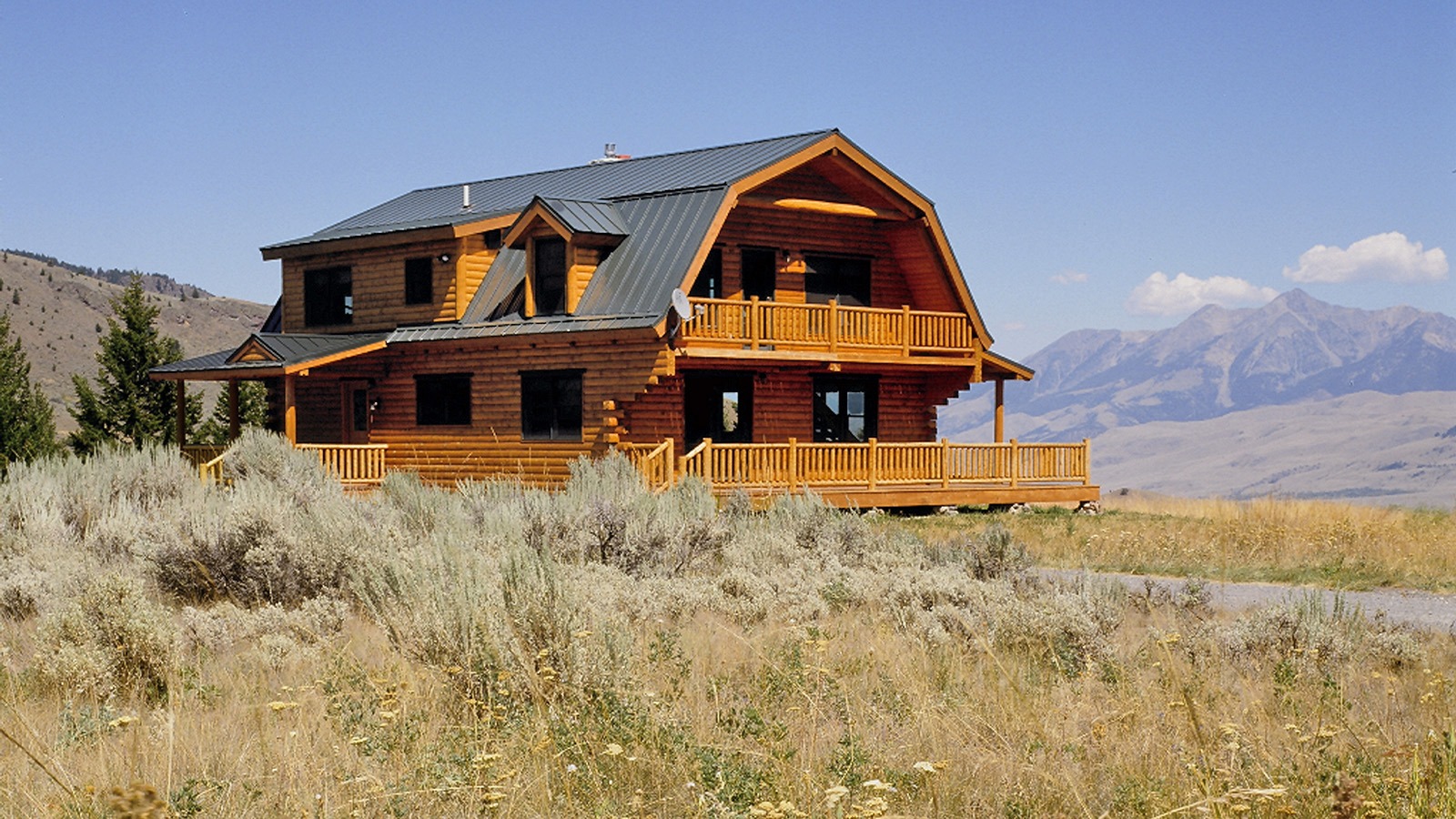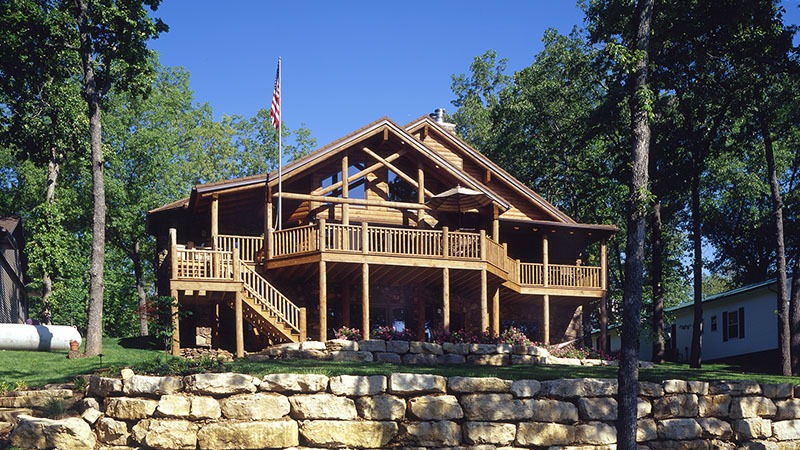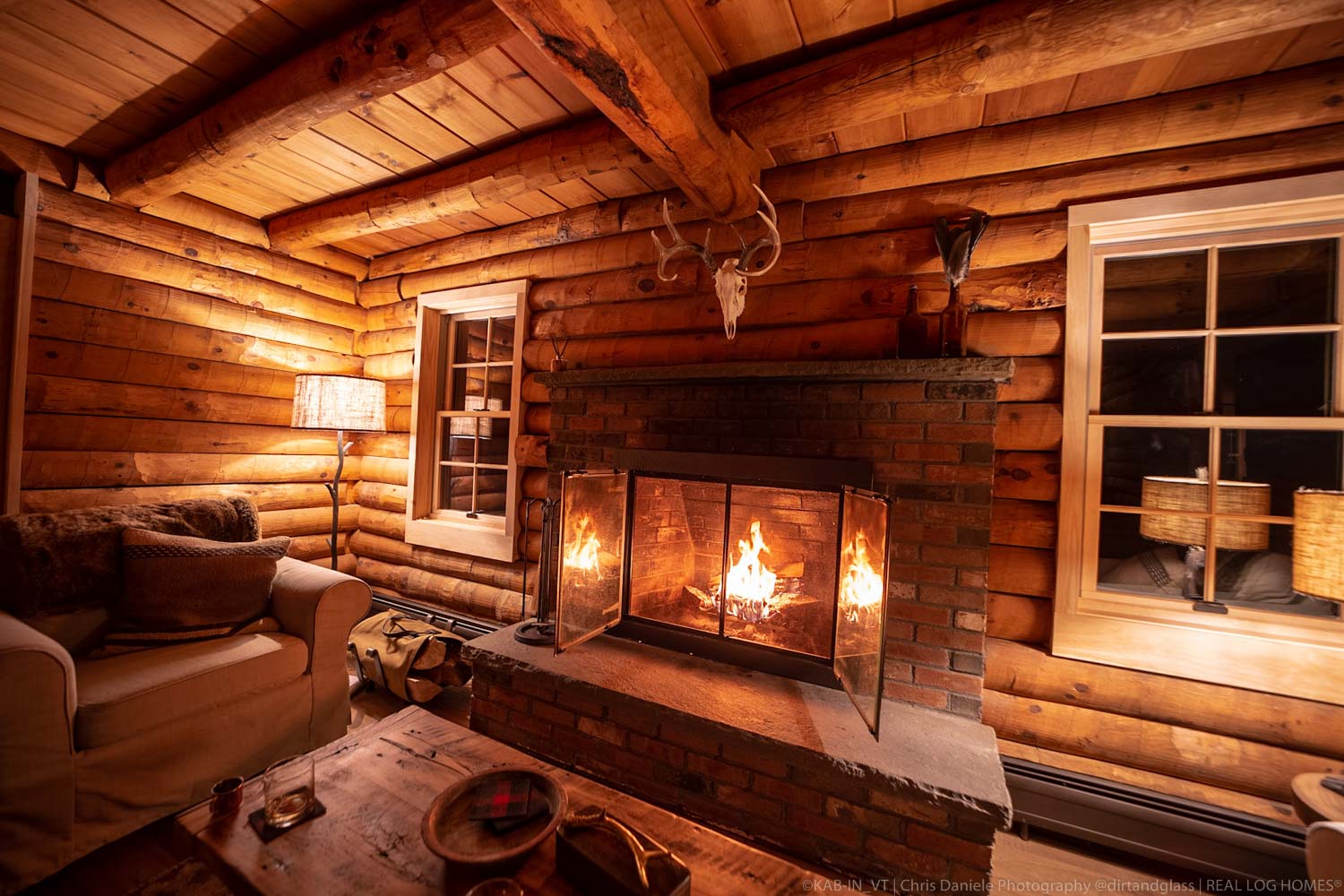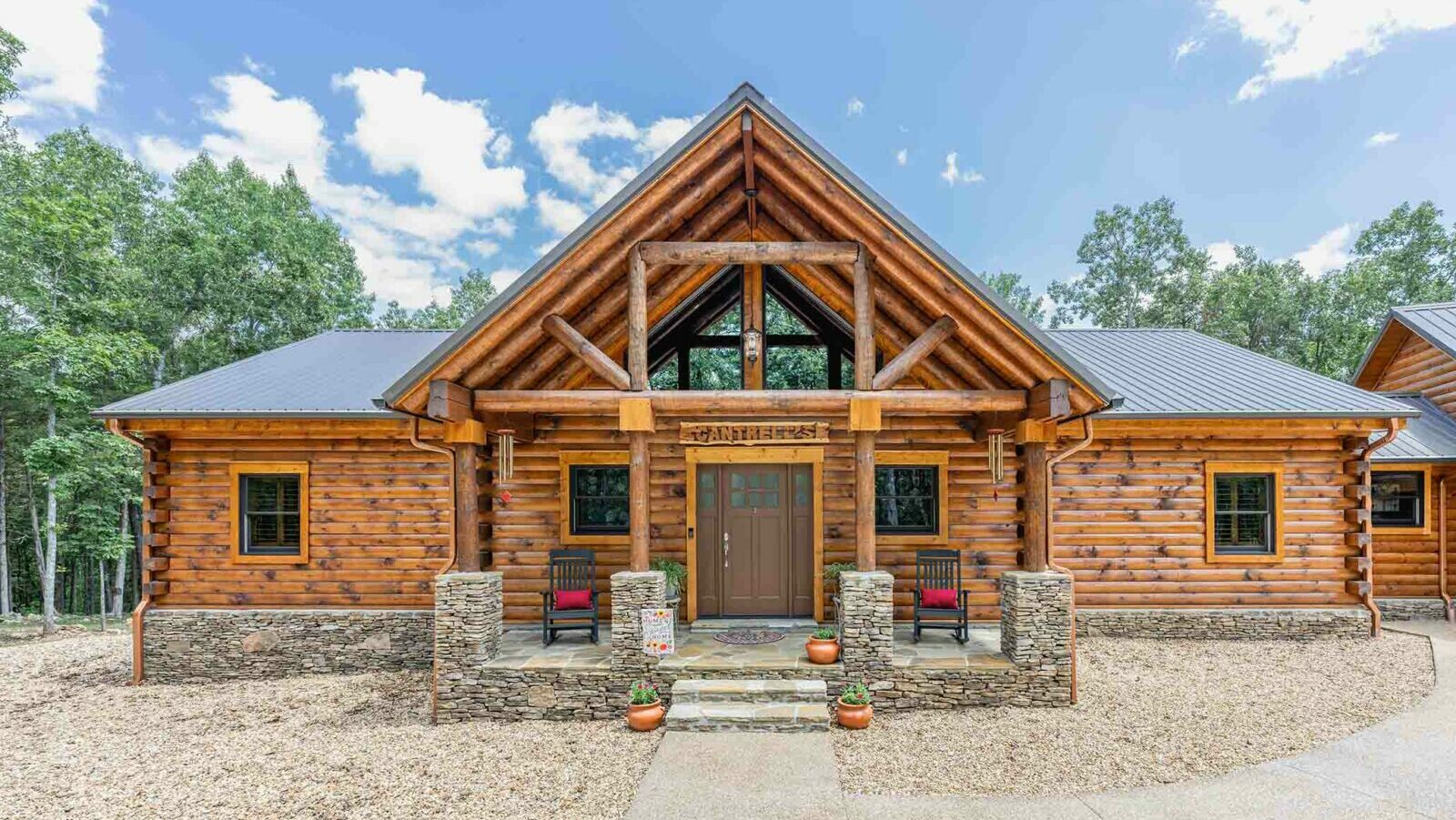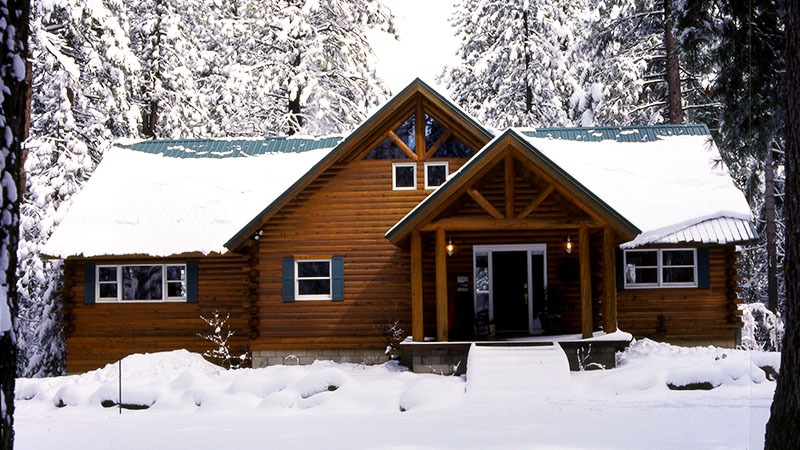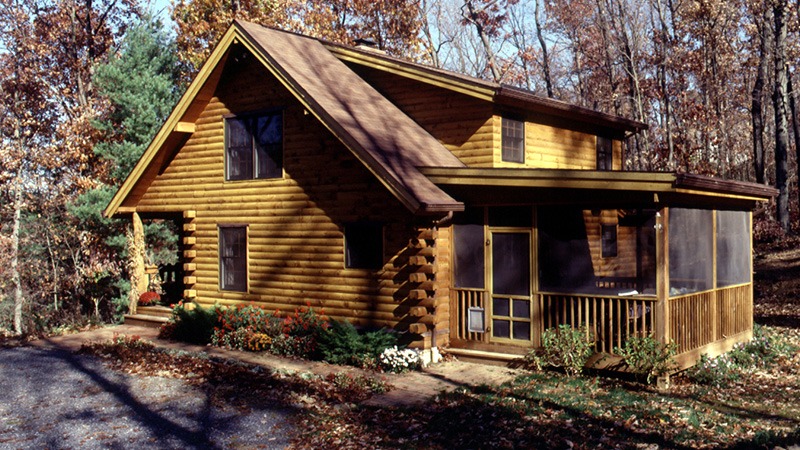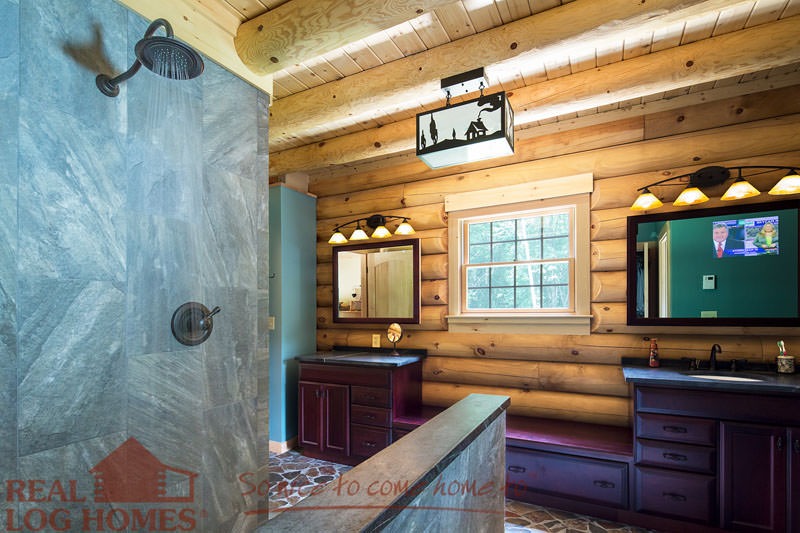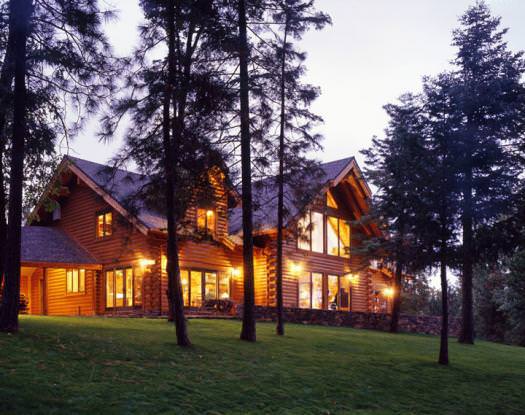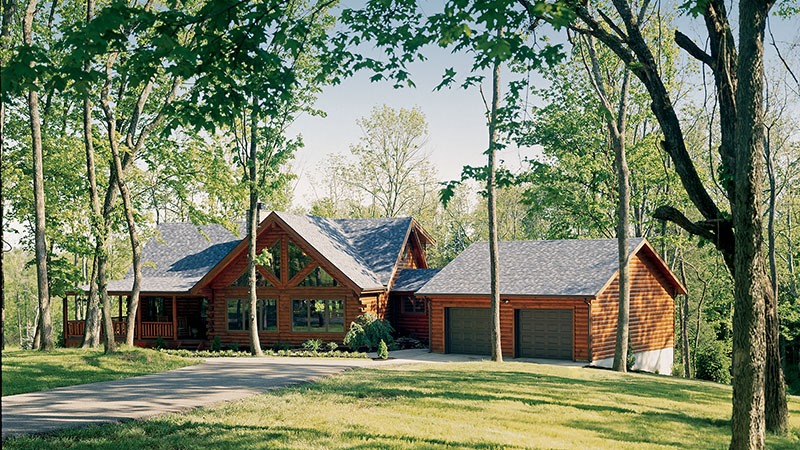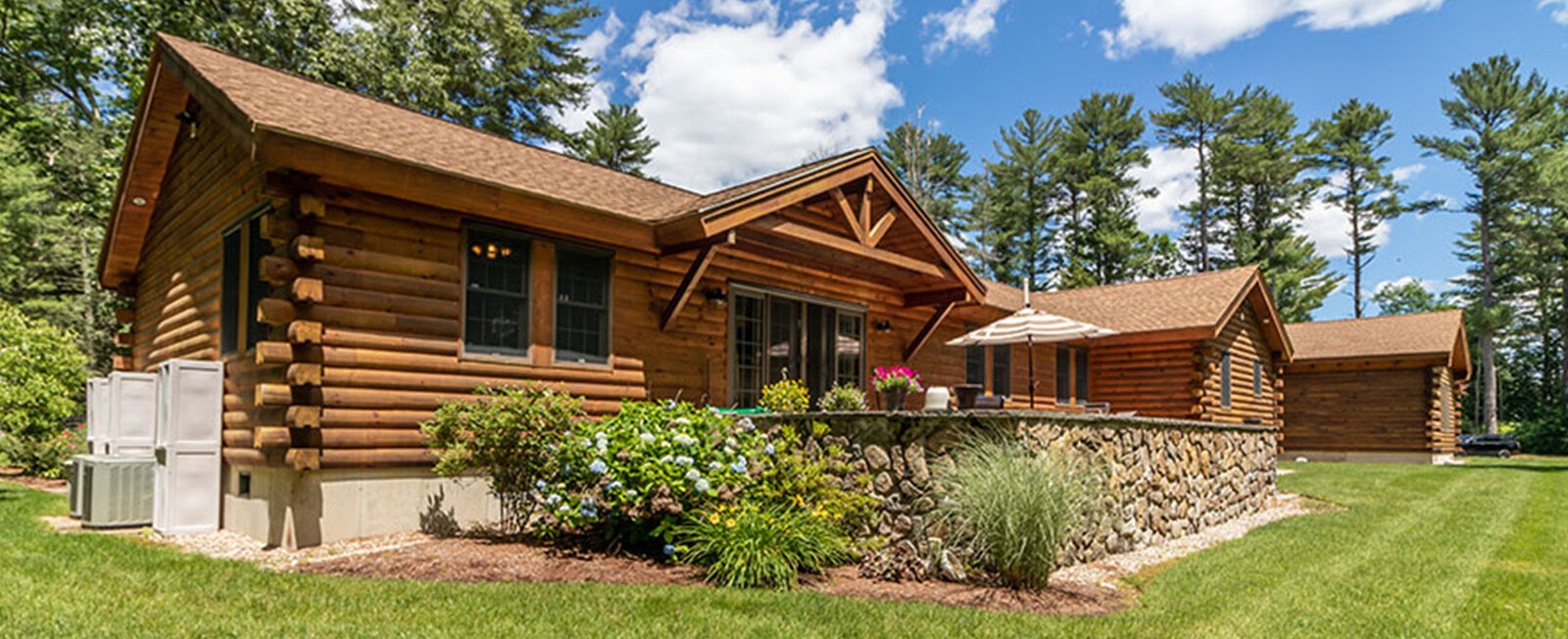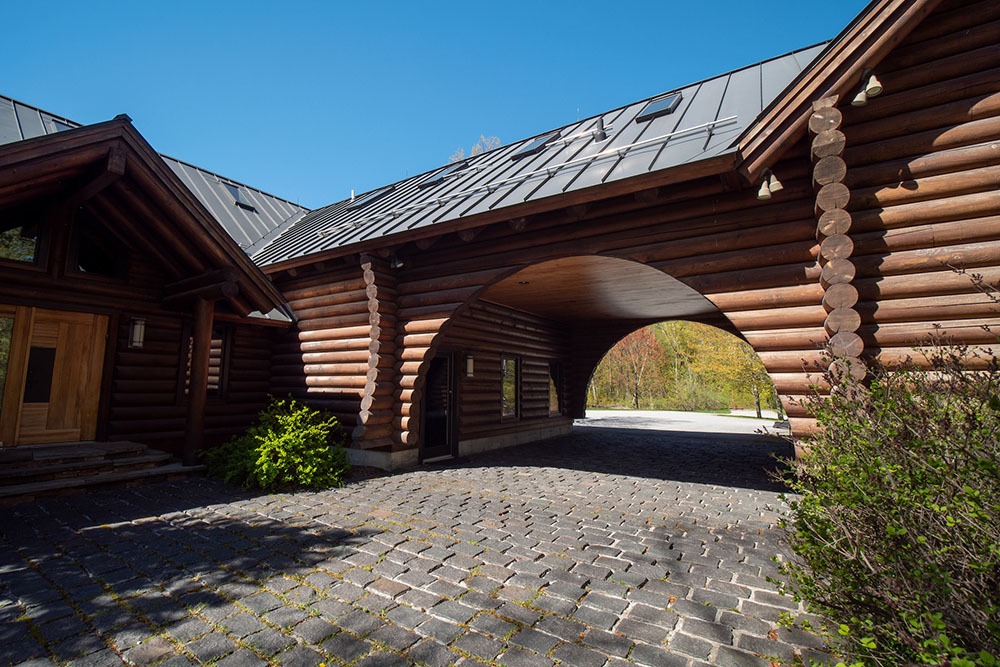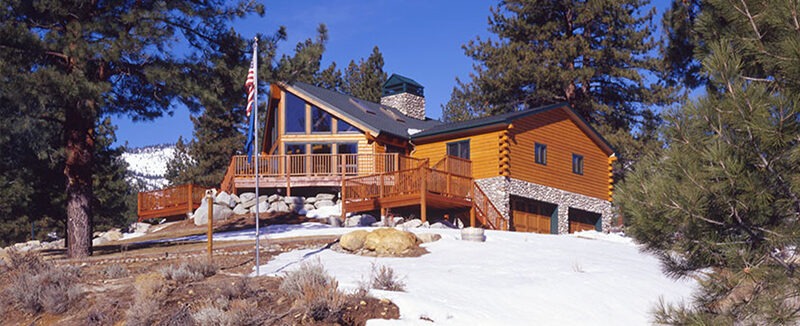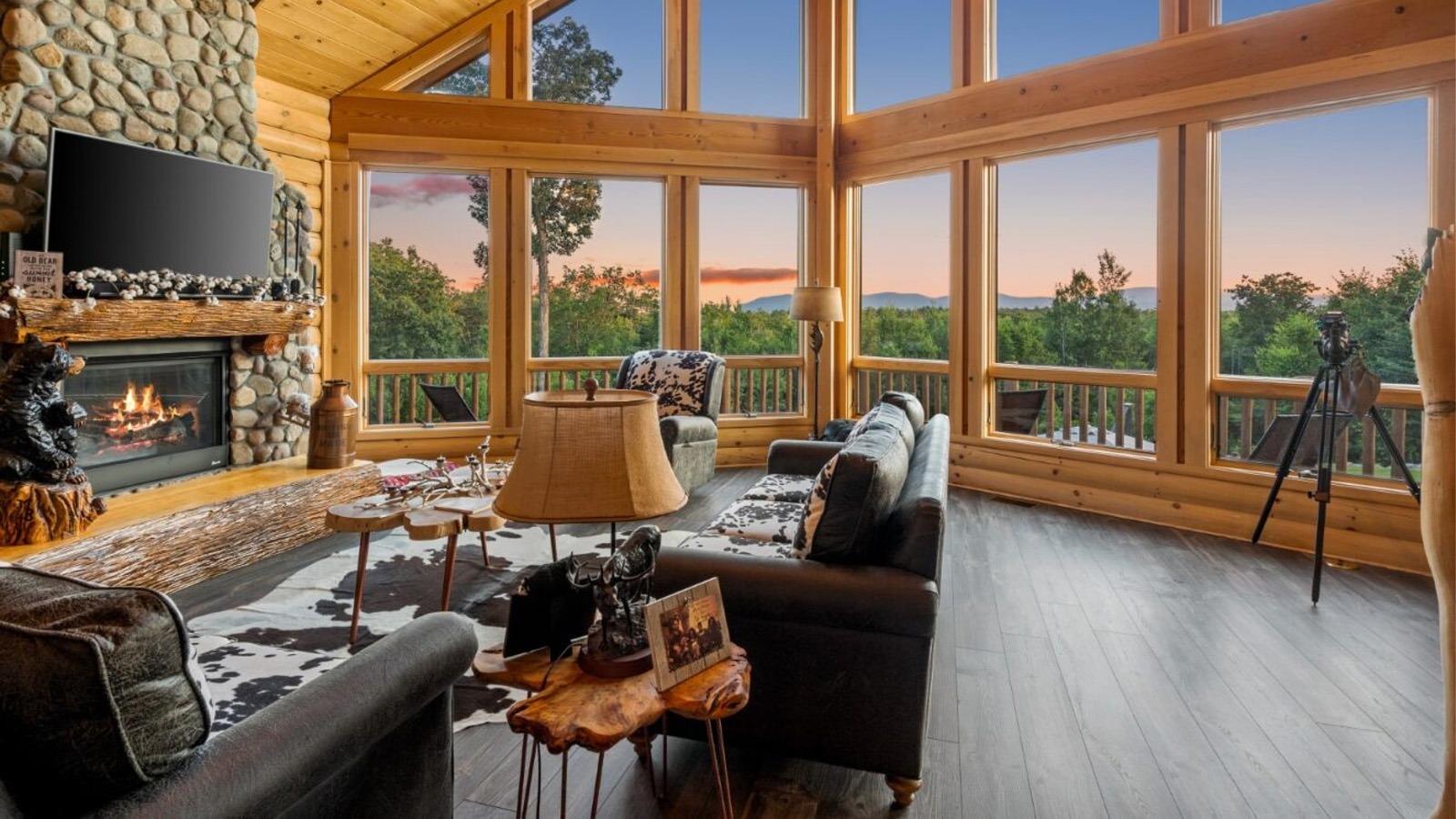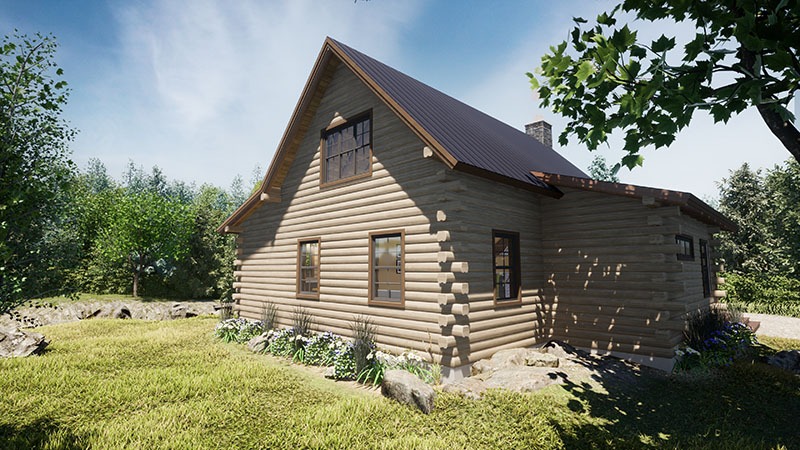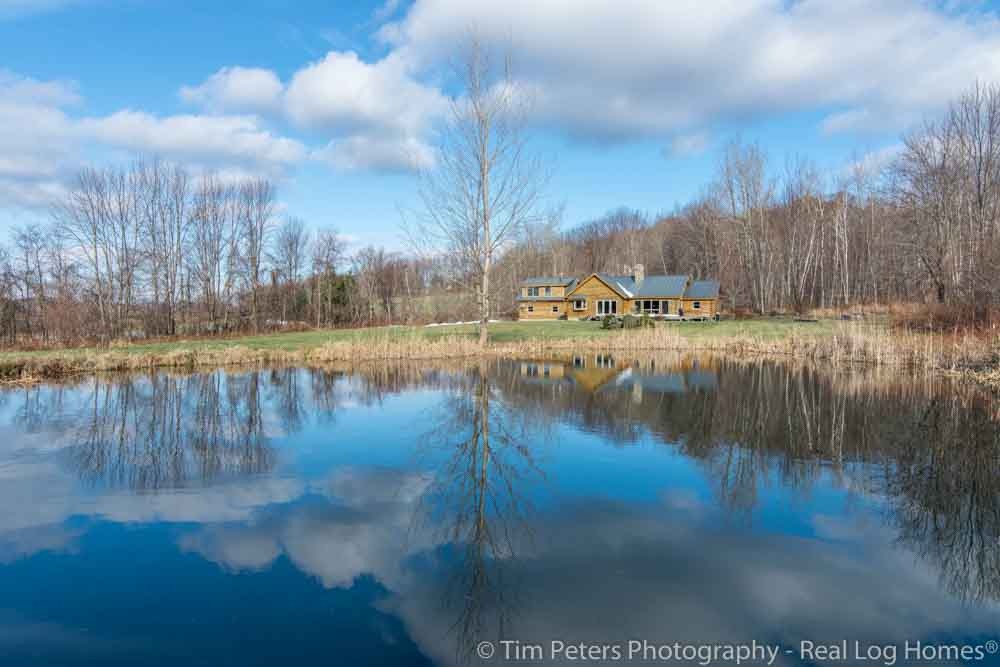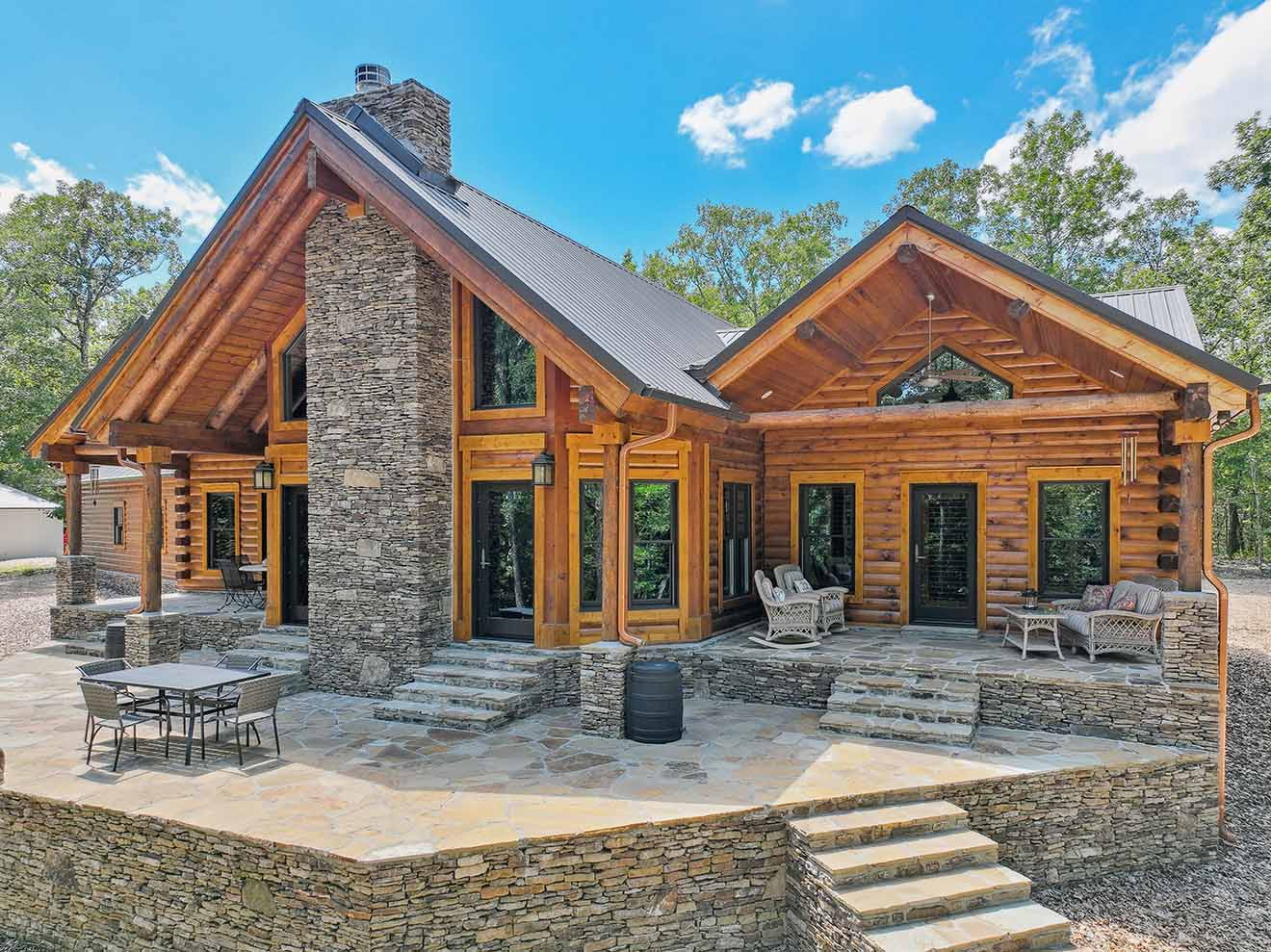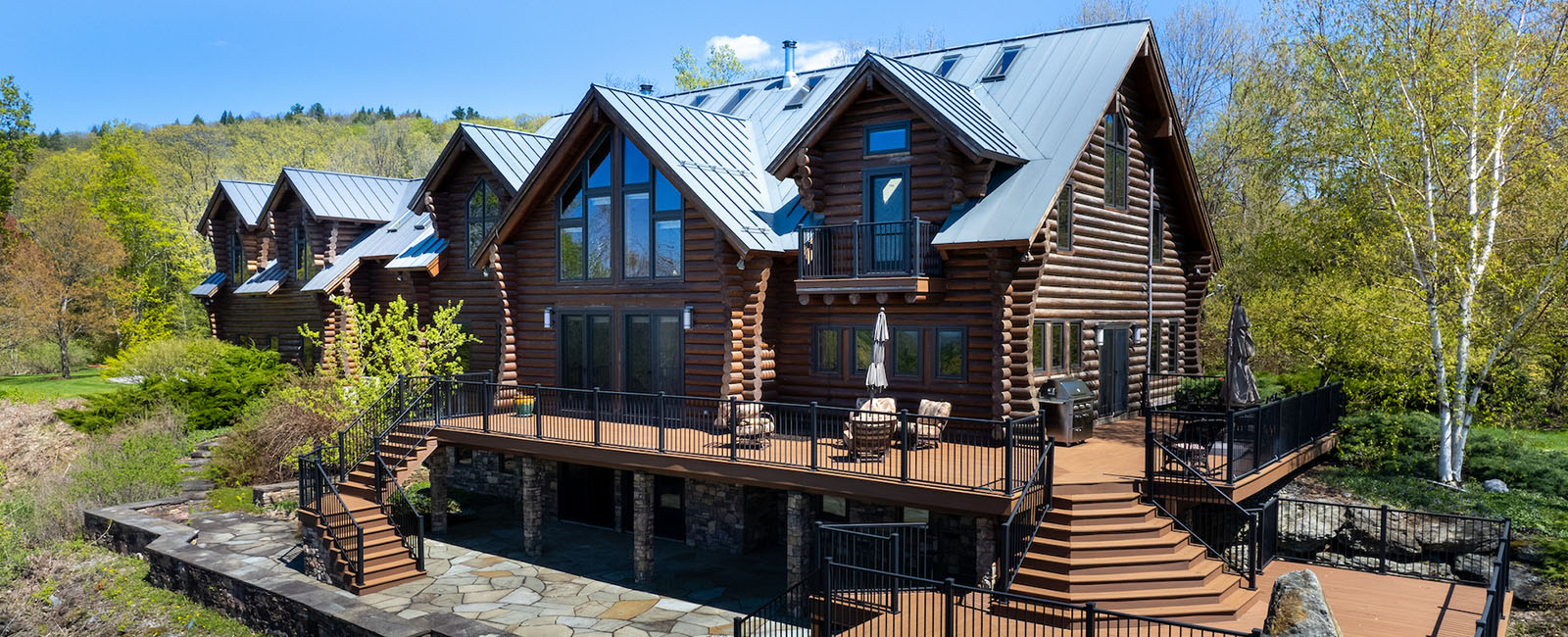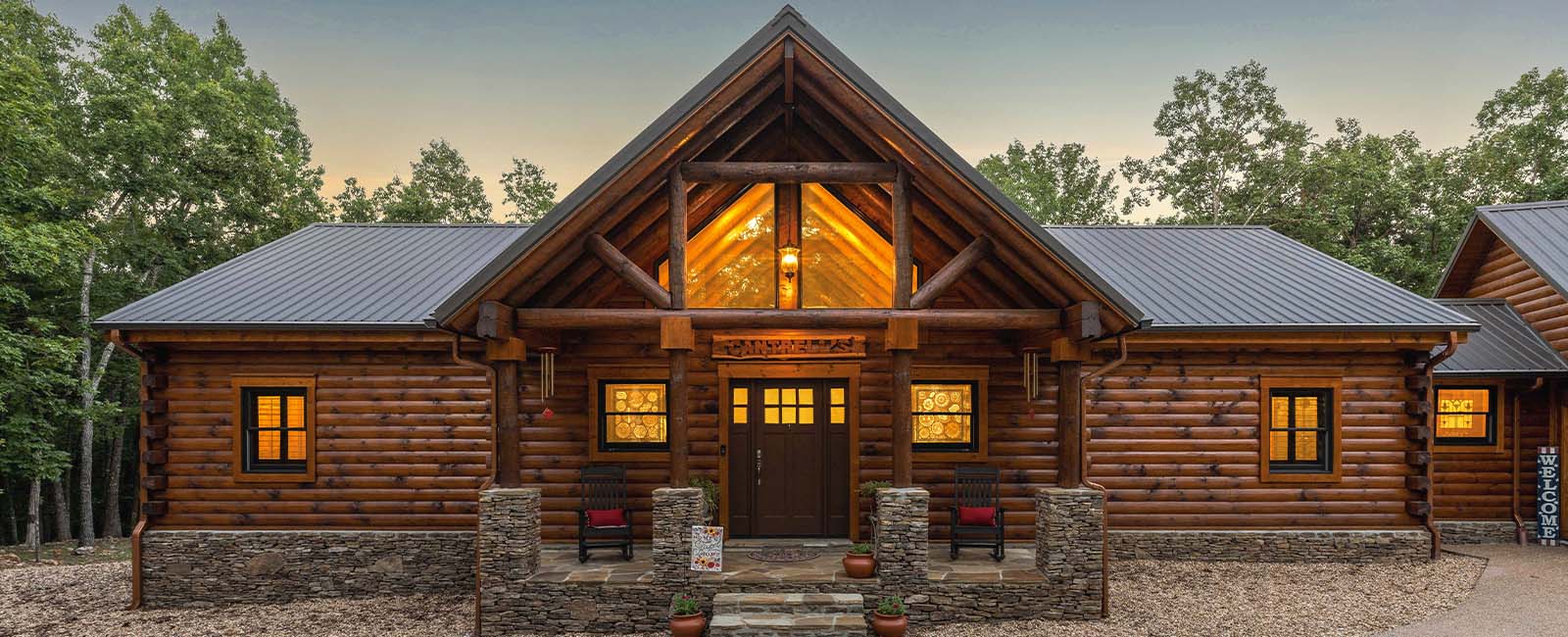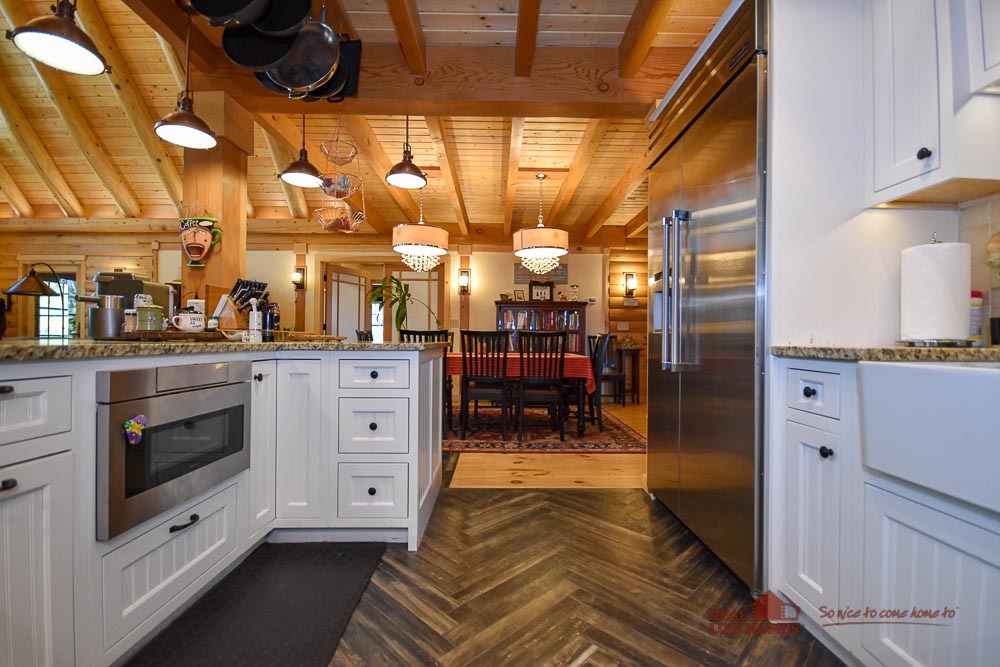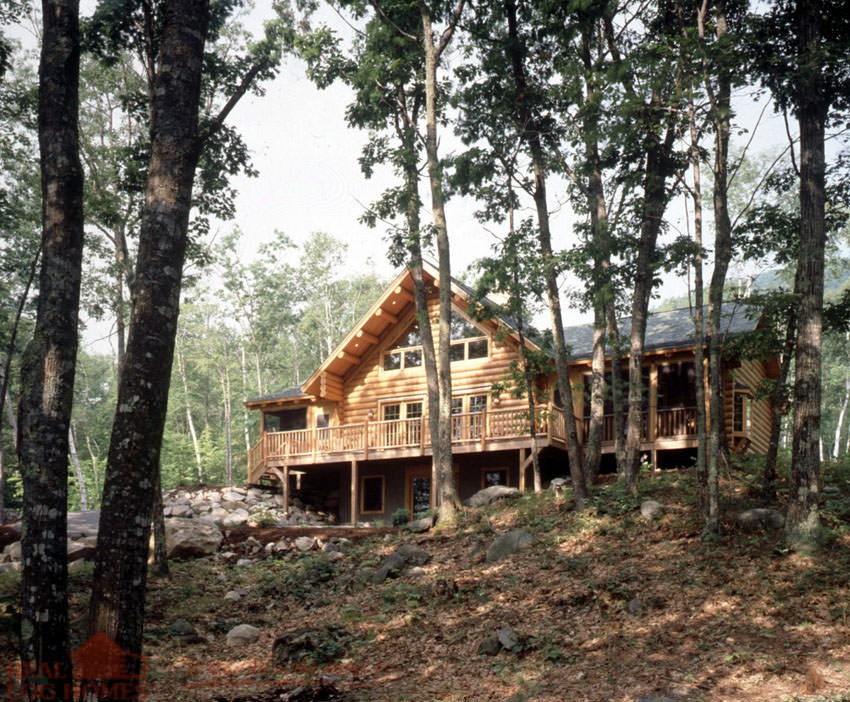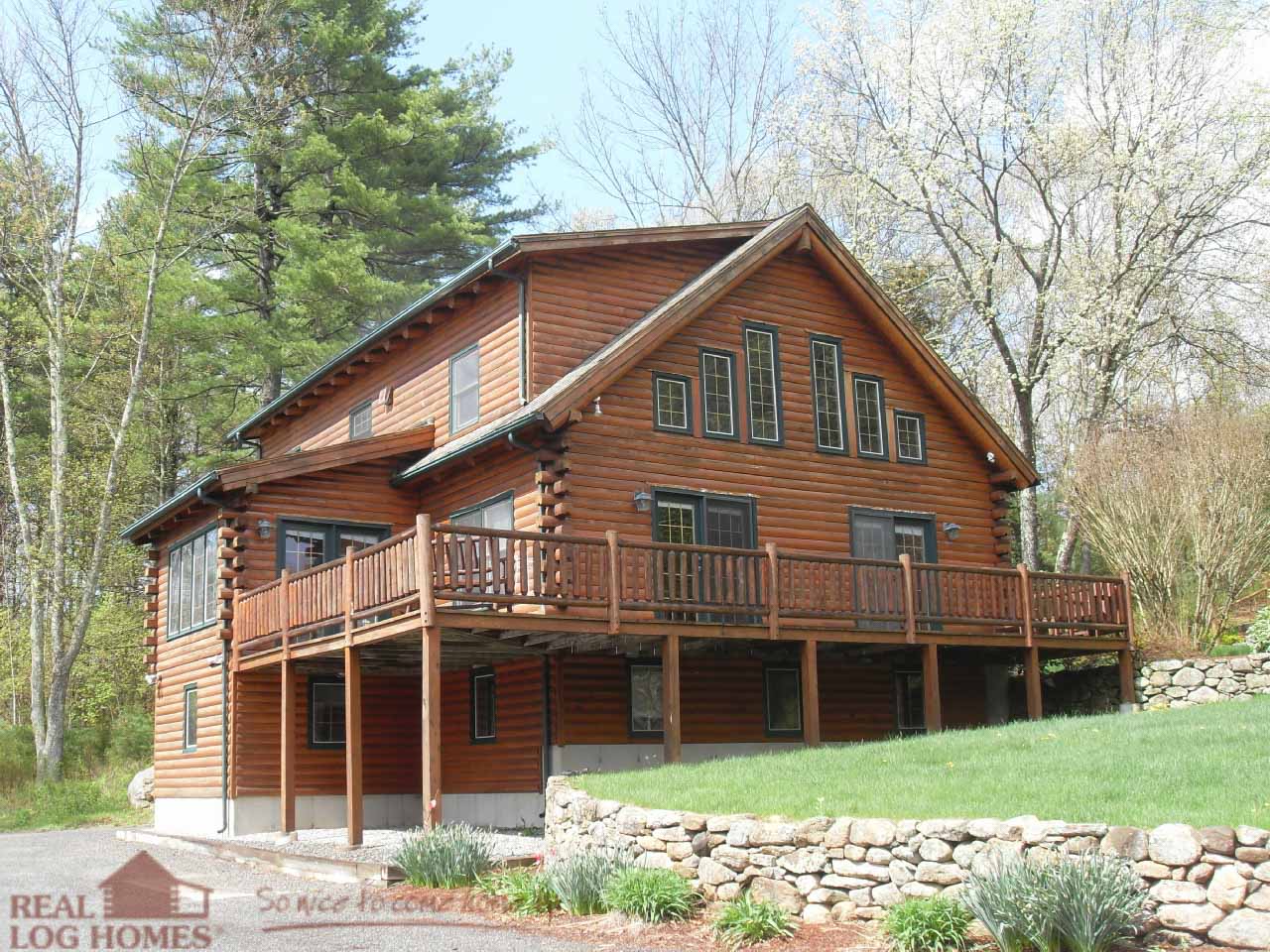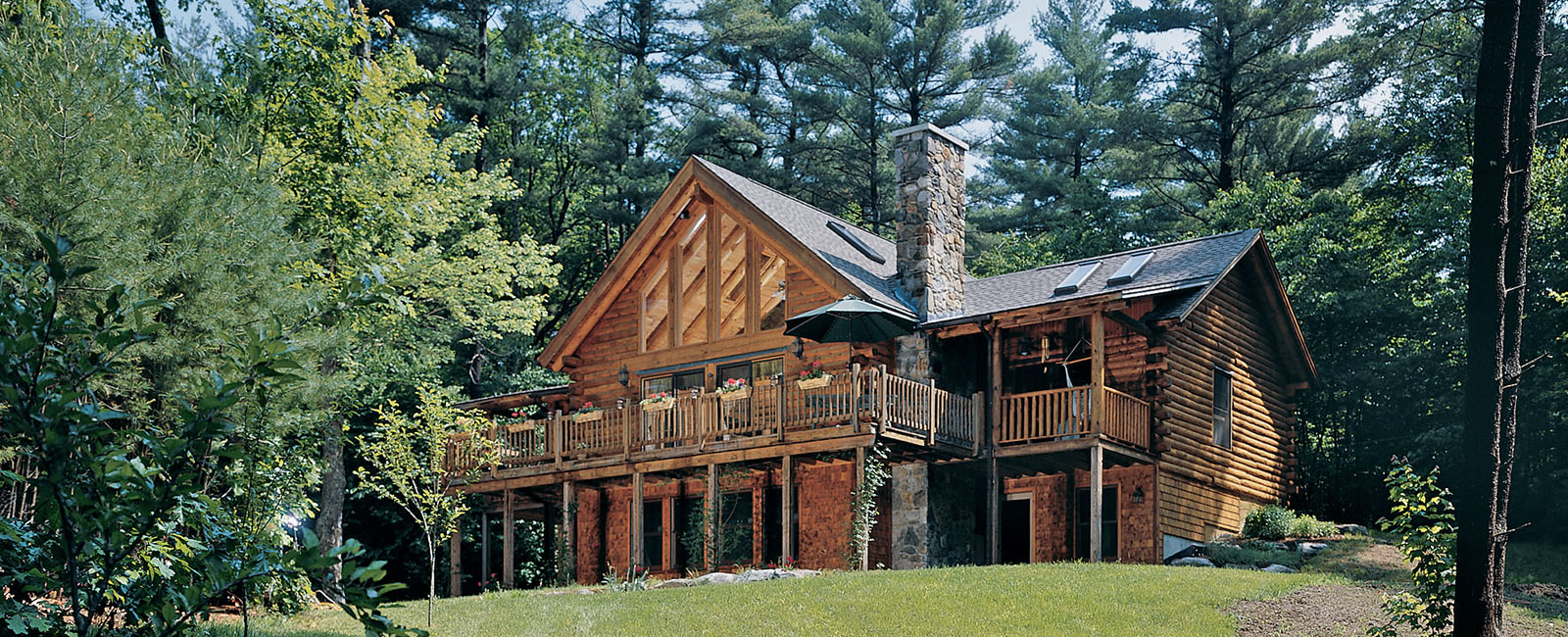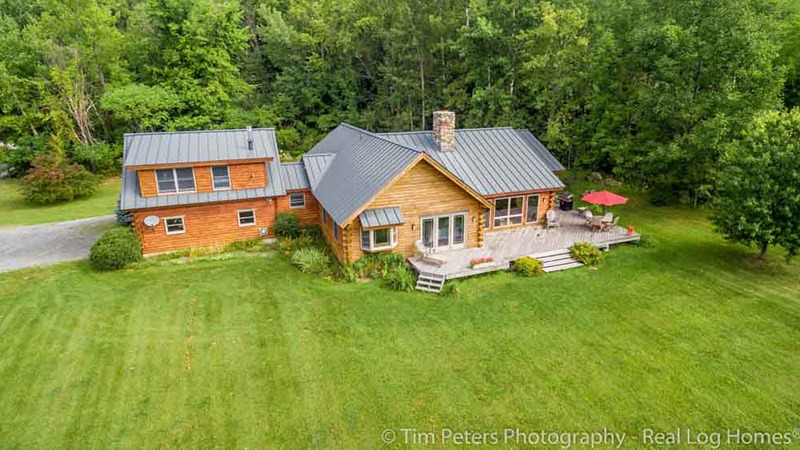With the heating season upon us in most of the country, securing firewood for the winter is a top concern among Real Log Home owners. For some log homeowners, heating with firewood is the most economical choice for their area. Others simply enjoy the warmth of a roaring fire on a brisk winter day. For whatever reasons you choose to heat with wood, it is important to plan ahead in order to have the best wood available for your situation. Here are some tips on securing a wood supply to enjoy throughout the winter.
Proper Use of Softwoods
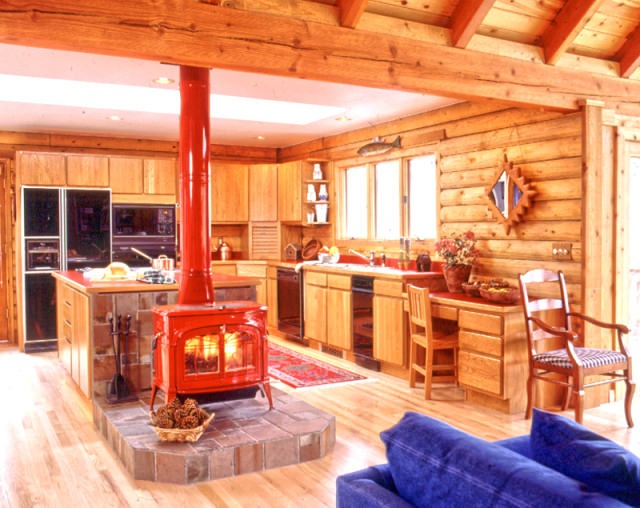
If you use a traditional fireplace or log-burning woodstove, you will want to keep your use of softwoods, like pine and fir species, to a minimum. Softwoods are less dense than hardwoods, so they contain less energy (BTUs) per cord of wood. This means you will need to replace logs far more often than with hardwoods. Since these softwoods also contain much more sap than hardwoods, they tend to produce more creosote when burned than do hardwoods. Softwoods do catch fire much more easily than hardwoods, so they are a good choice for starting a fire. Once the fire is established, switch to hardwoods to heat your house.
One exception to this rule is if you have a woodchip or pellet-burning stove or boiler. In these cases, the much smaller size of the wood pellets and chips allows the sap to burn efficiently and keep creosote levels down. Woodchips and pellets are mostly produced from recycled wood waste, which is mostly softwood.
Heating Value of Various Wood Species
If you are purchasing wood from a supplier, you may be able to choose which species of wood to burn. This table from the Utah State University Extension provides a handy reference for the heat available from each wood species, as well as the ease of splitting, smokiness, and more. From this table, you can see why Maple and Ash are popular choices for their high energy content, ease of splitting, low smoke, and good coal production. Other woods like Black Locust, for instance, have higher energy density but are more difficult to split. Use resources like this to determine which wood best fits your needs.
Cutting Your Own Wood

If you have the time, equipment, and ability, you can harvest your wood instead of having it delivered. One option that can save some money is to have tree-length logs delivered to your home, where you can cut and split the wood to size yourself. If you wish to harvest the wood directly, many National Forest units sell permits for wood harvesting to individuals. The details vary by location, but in many locations, you can buy a permit for $10 to $20 a cord to harvest live, dead-standing, or fallen timber. If you can transport two tons of wood per cord, this can be a great option to save money while enjoying the satisfaction of heating your Real Log Home with the wood you harvested yourself.
So, are visions of a crackling fire in your cozy log home dancing in your head? Then call Real Log Homes today or fill out the form below for more information.


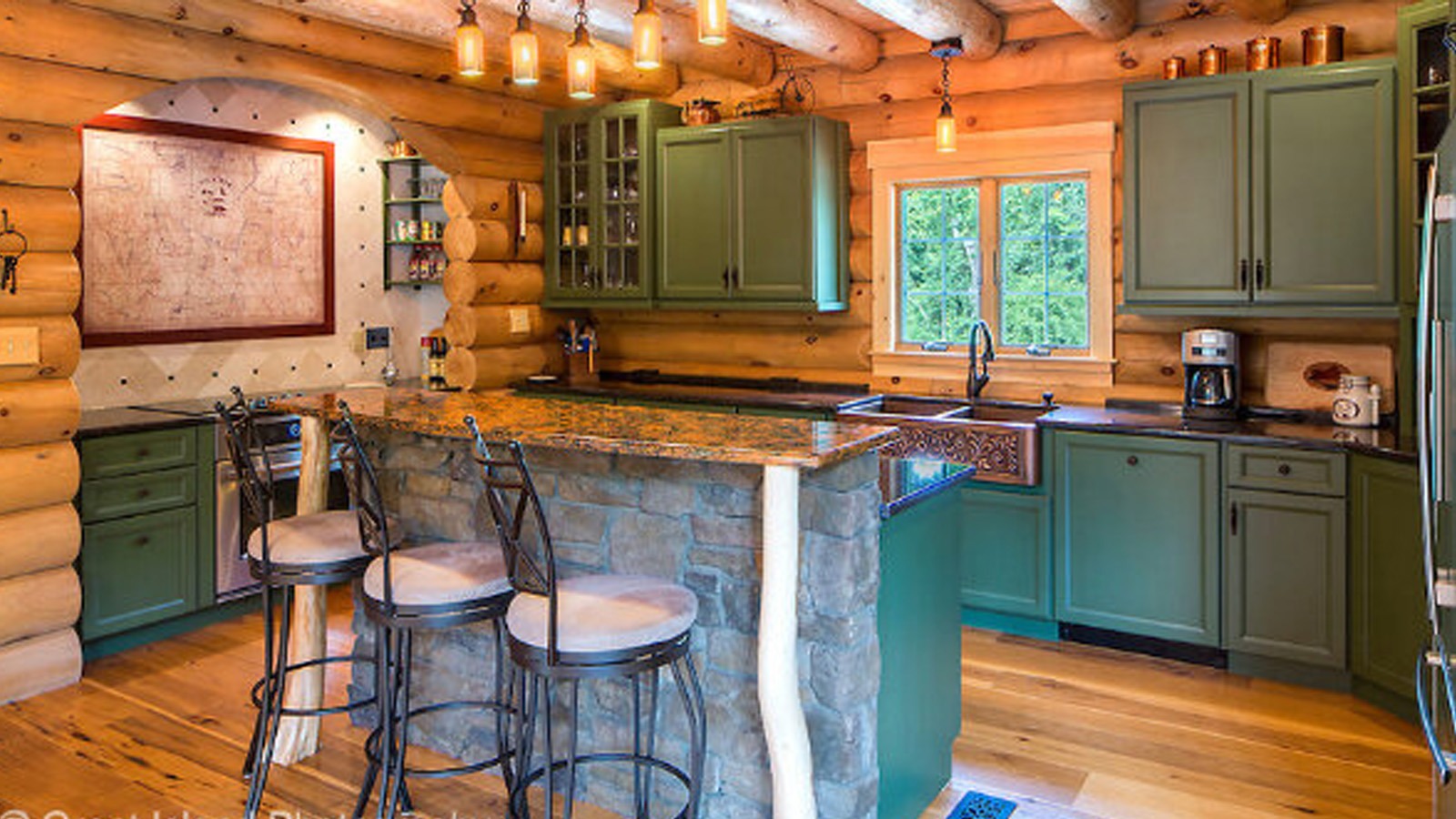

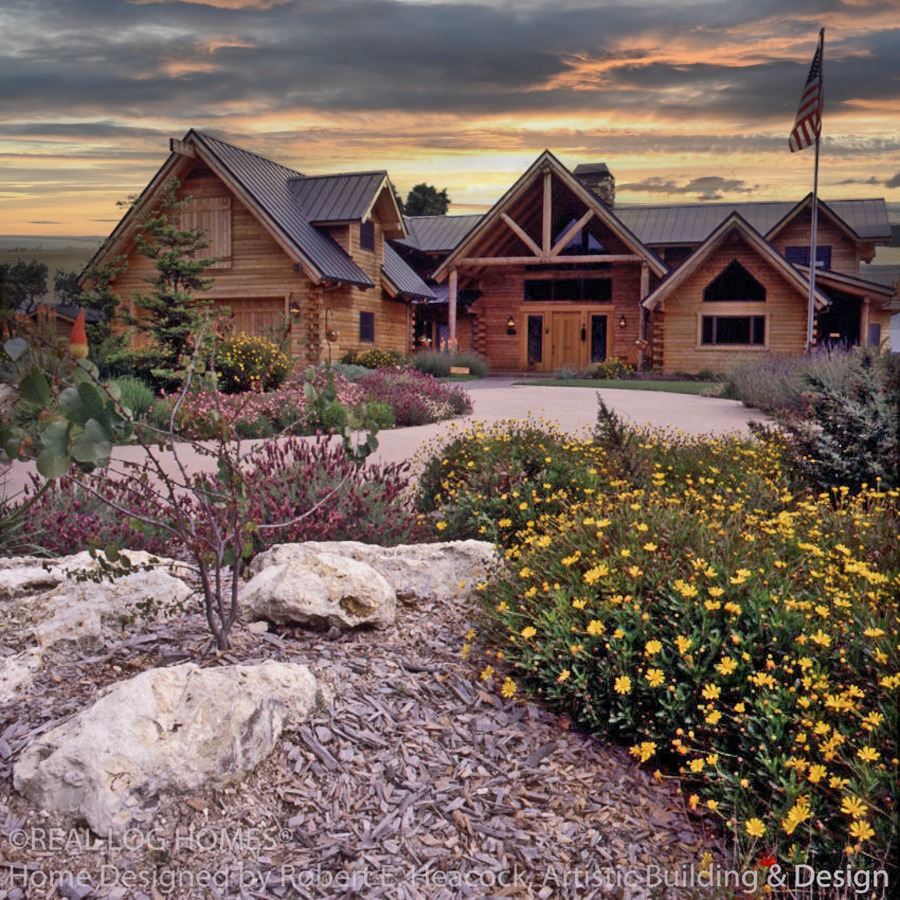

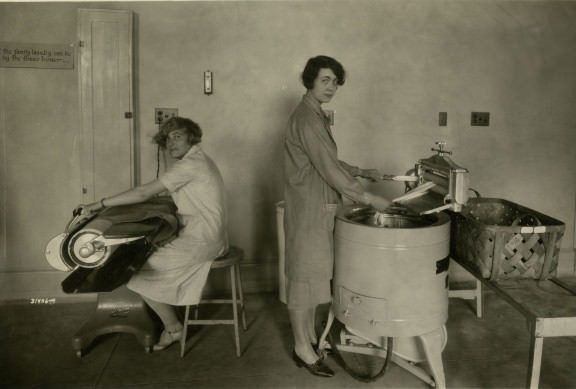
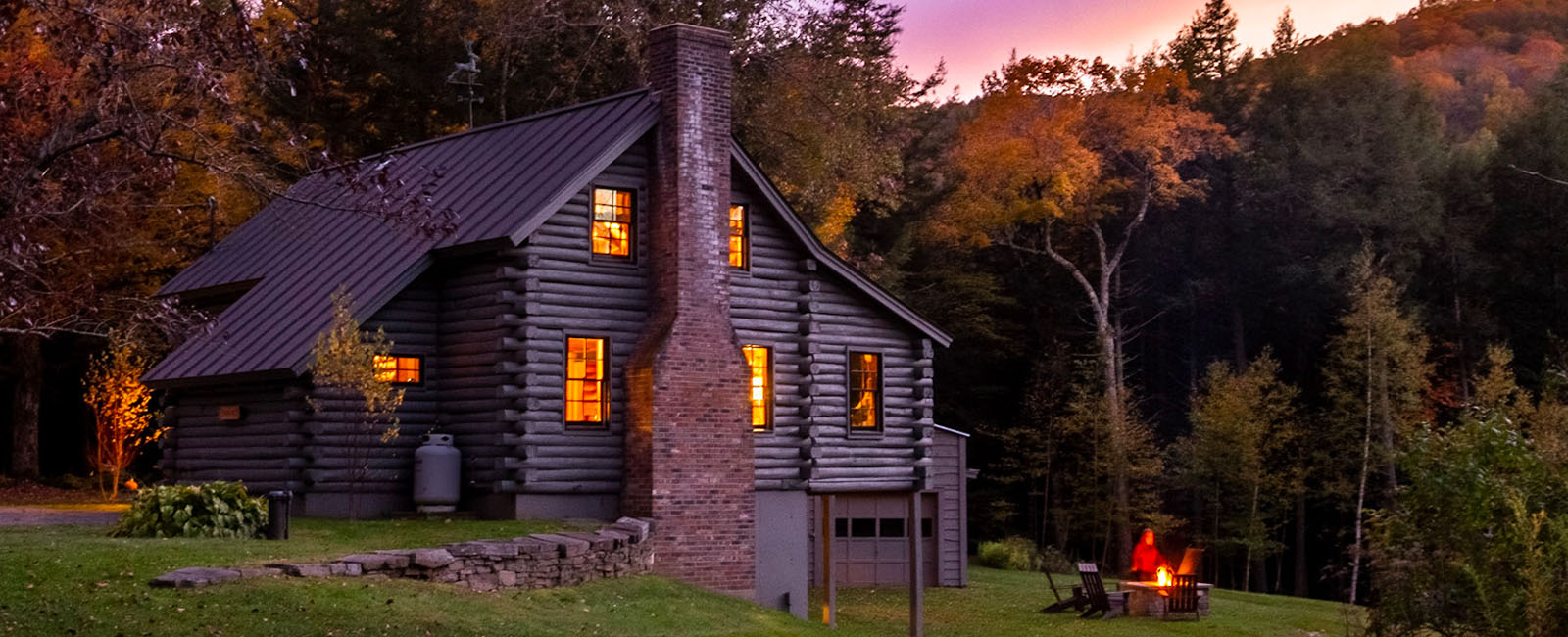



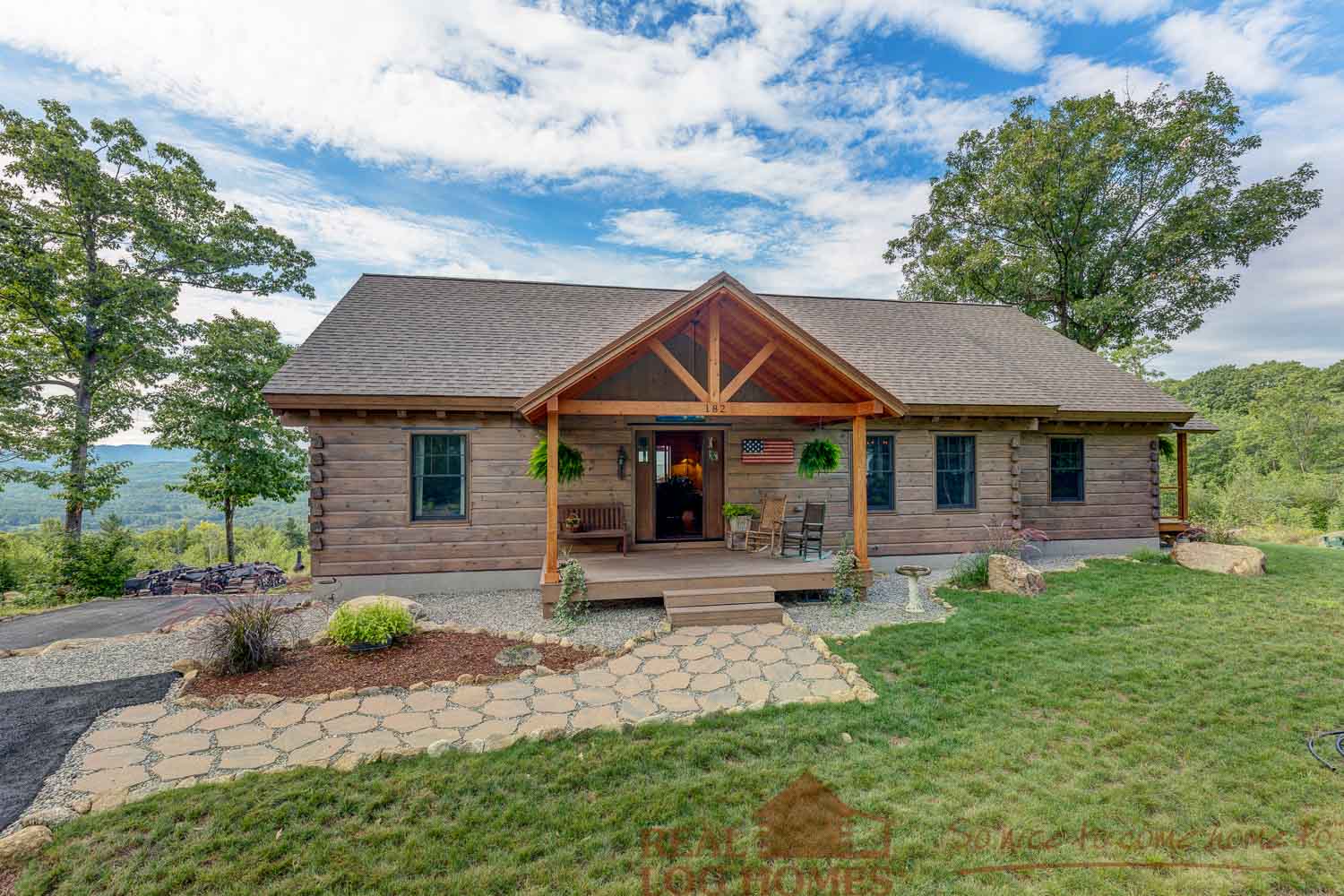
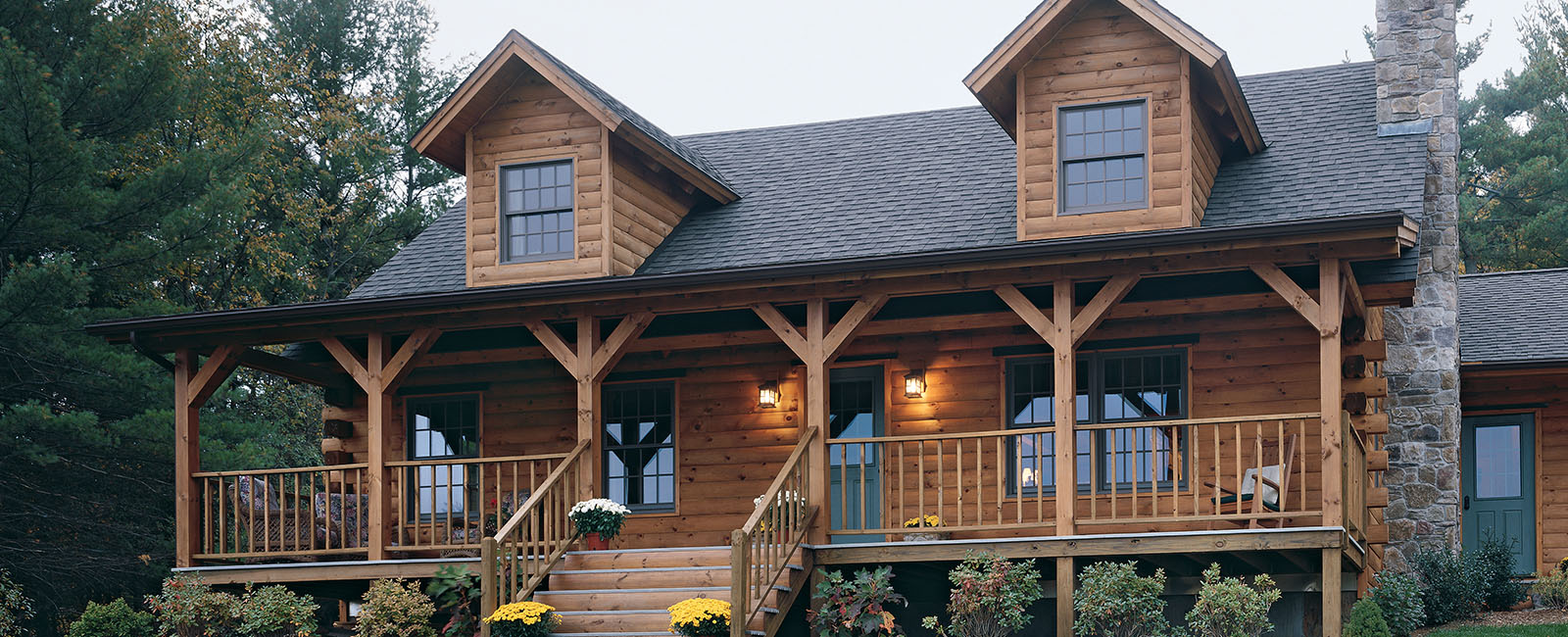
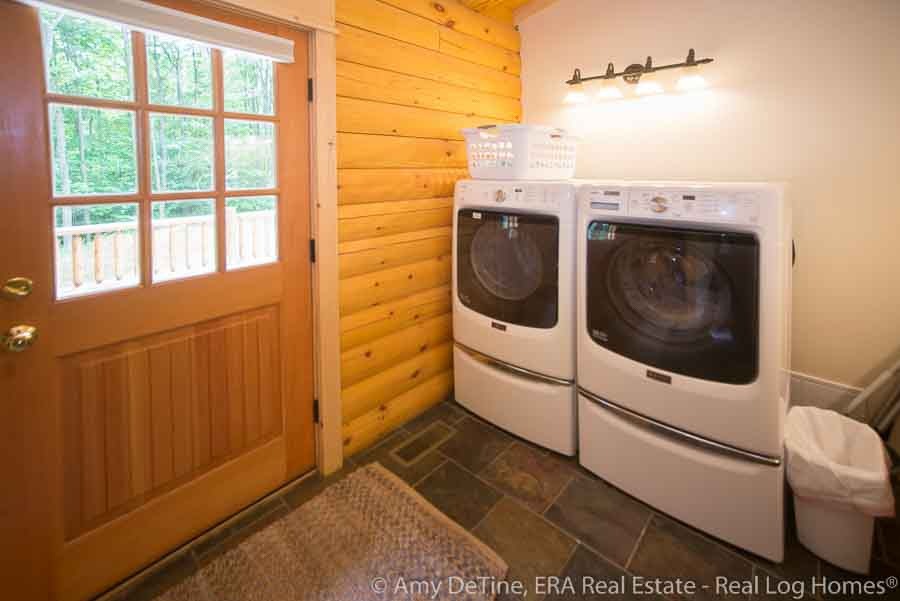

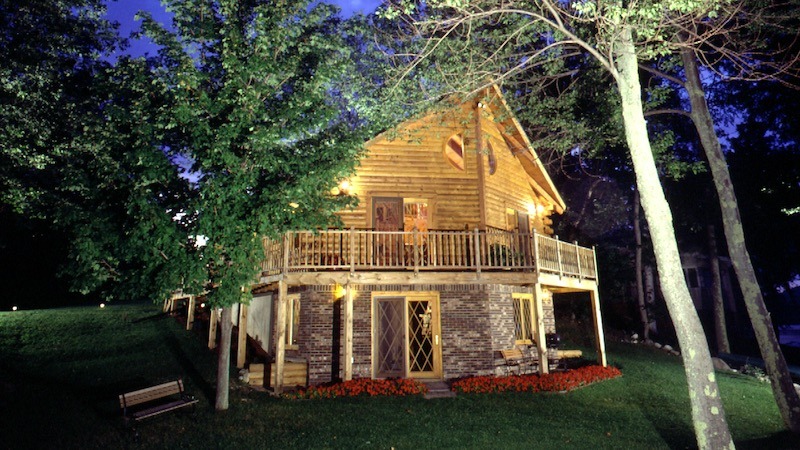
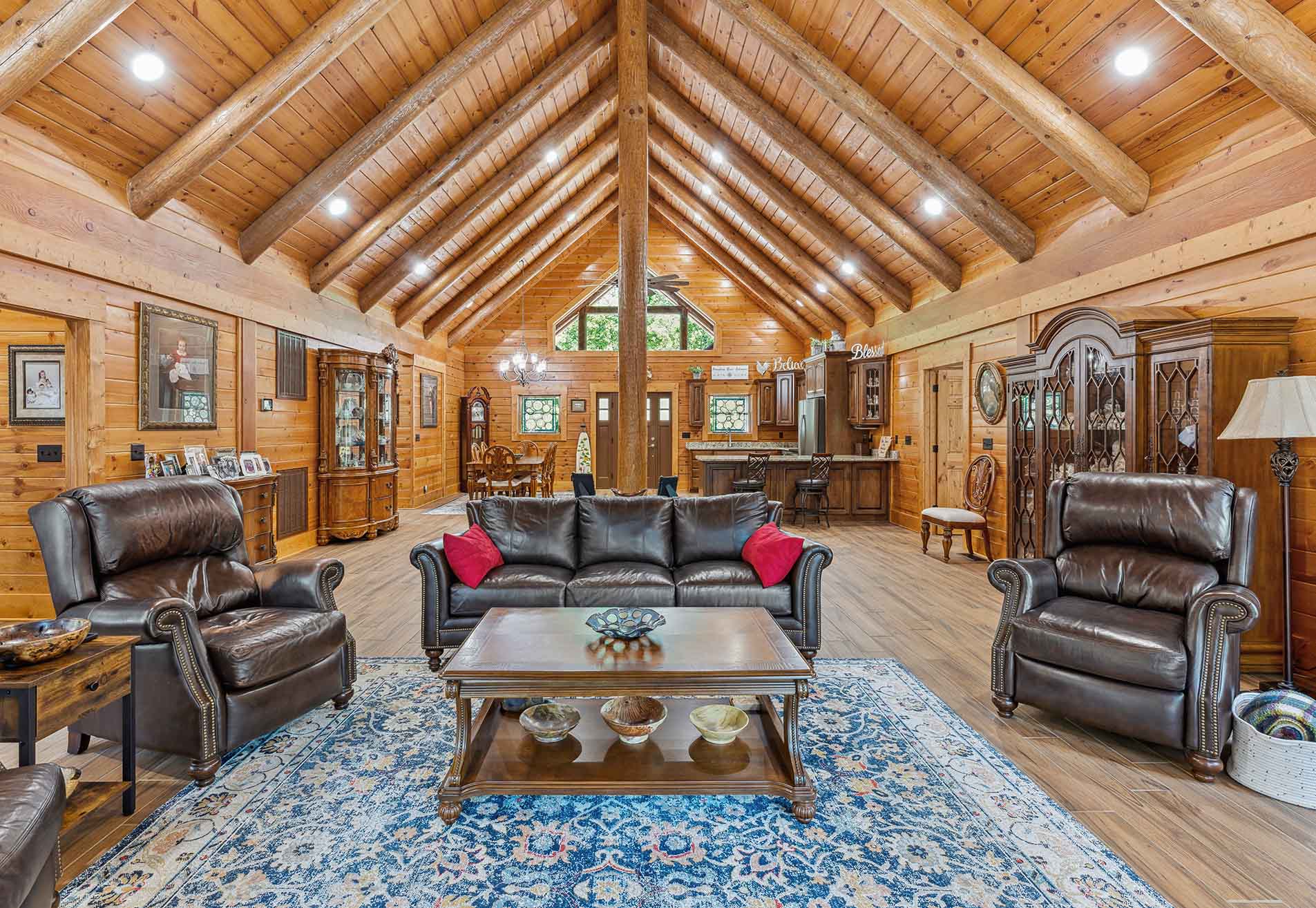
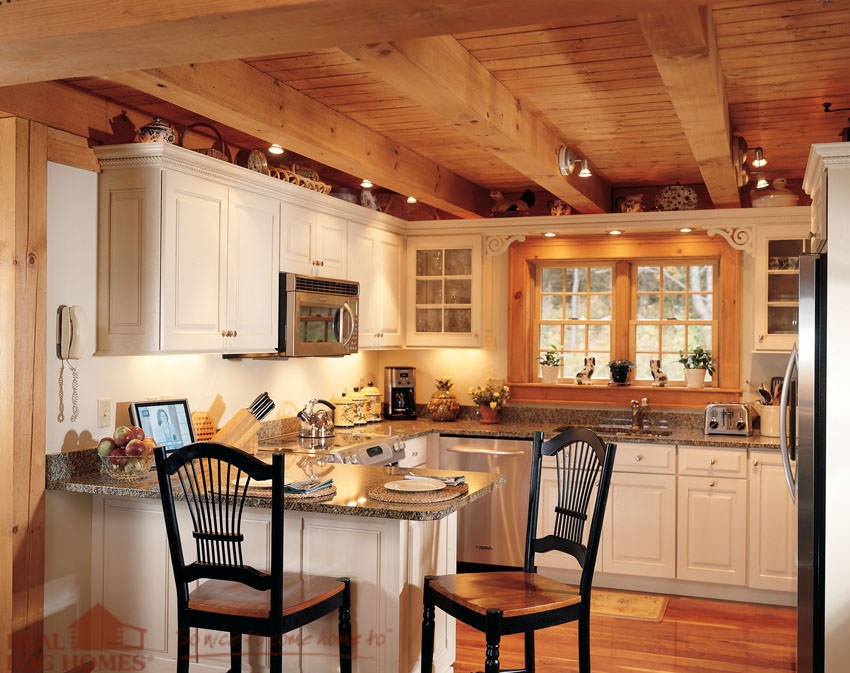
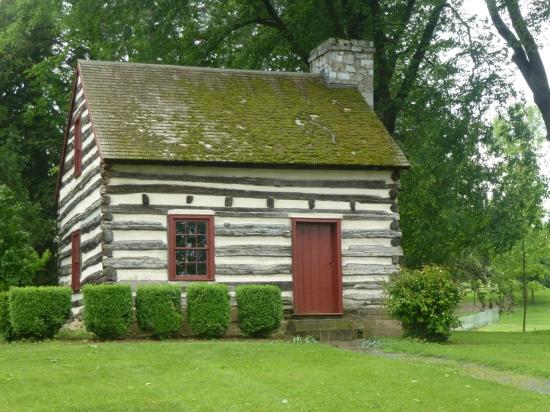



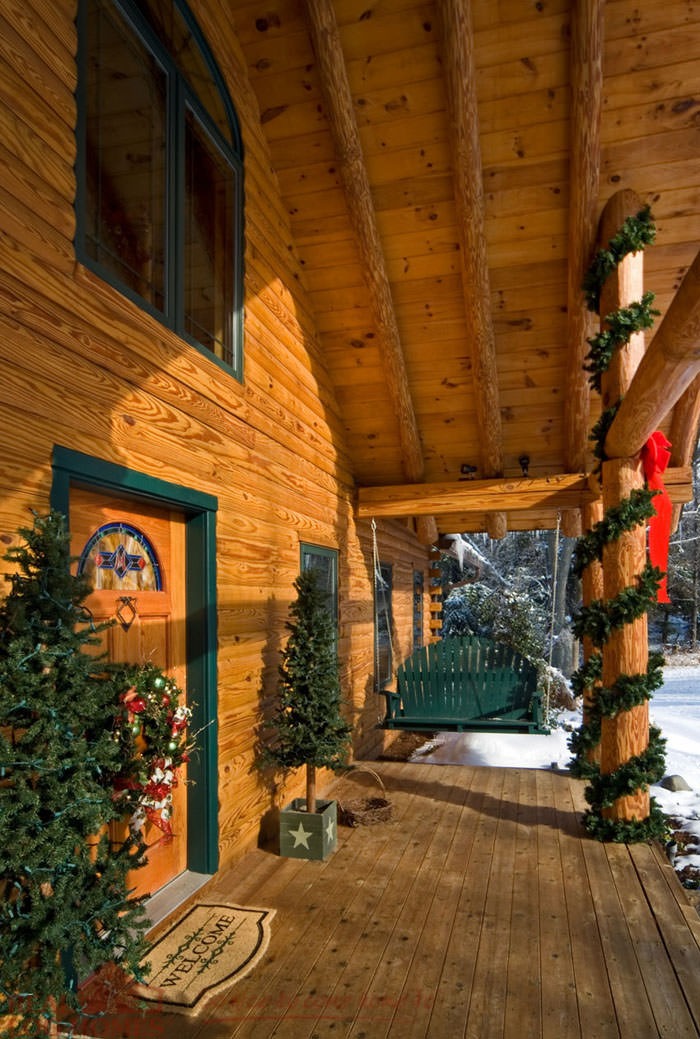
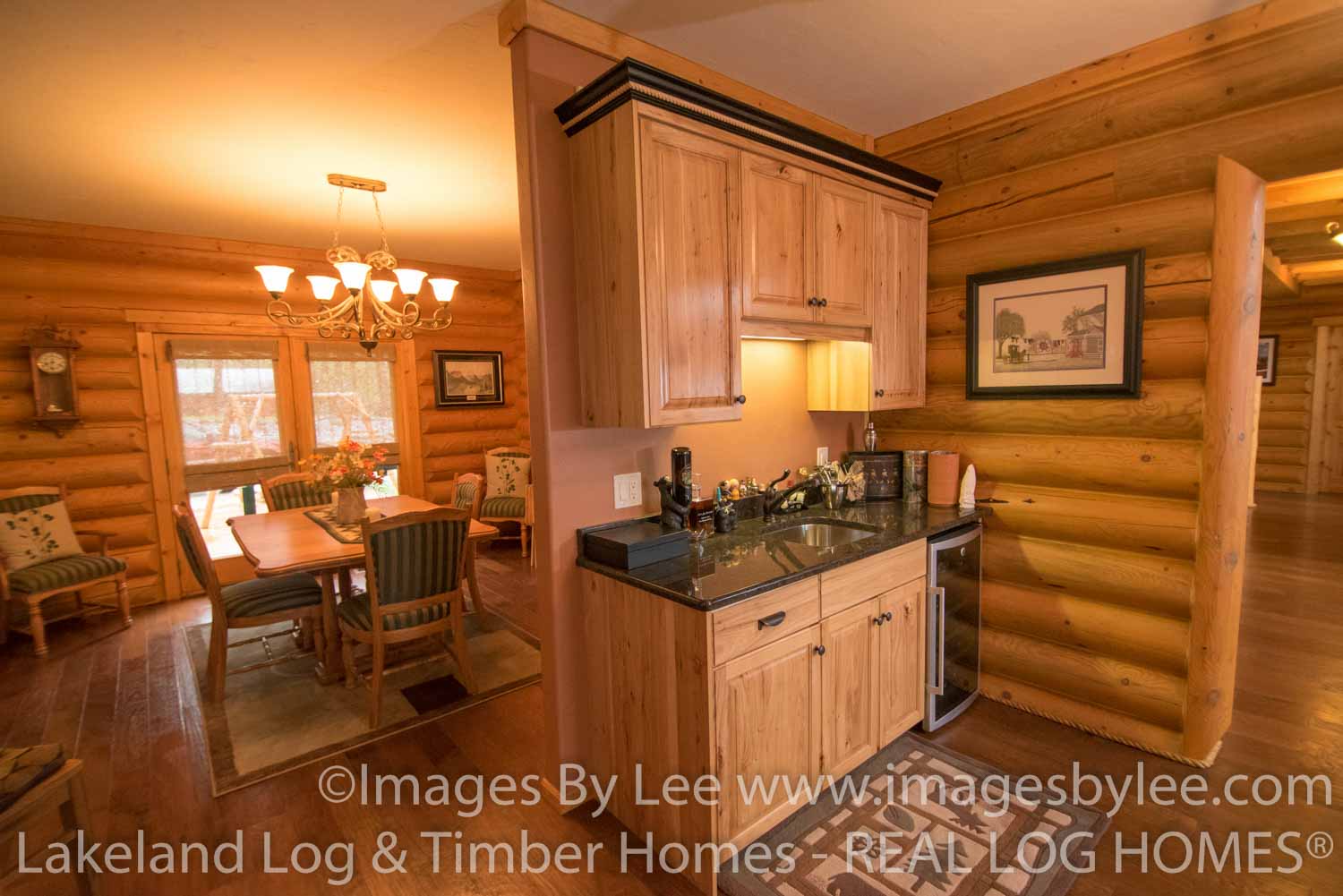

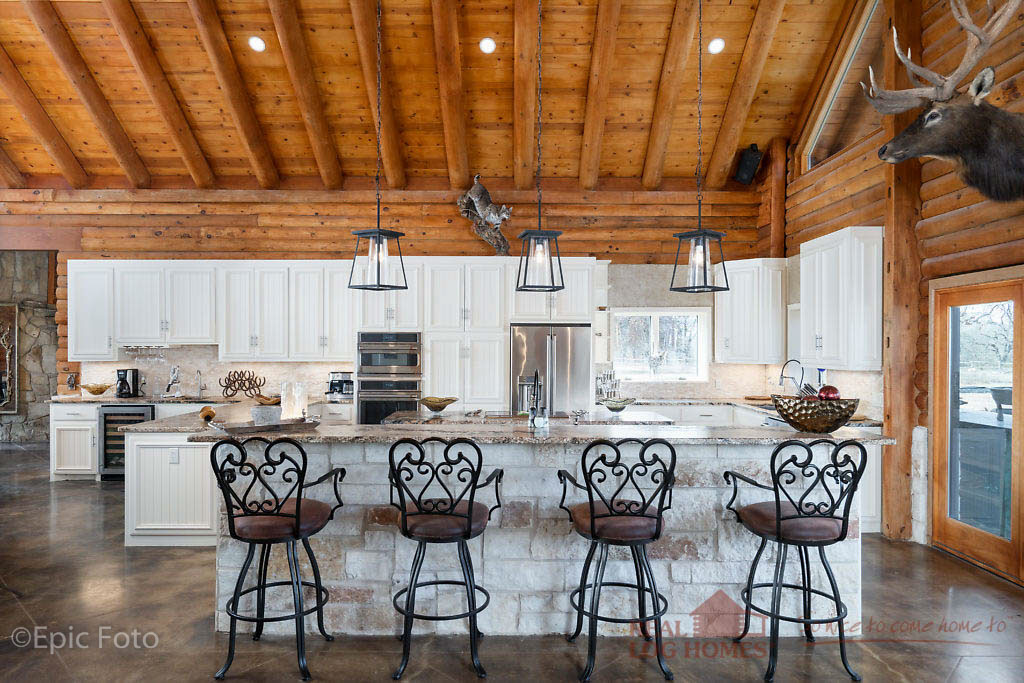
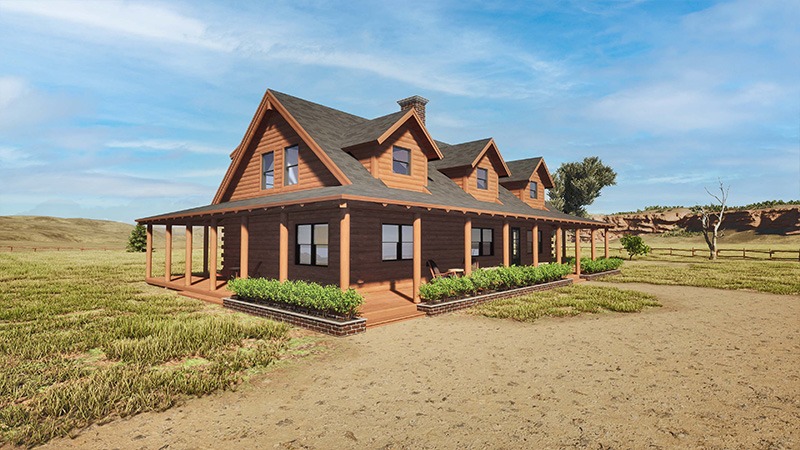
![[KAB-IN] Vermont - Renovated 1972 Real Log Homes Rental Cabin](https://realloghomes.com/wp-content/uploads/2019/03/Cavendish-KAB-IN-Woodstock-VT-52.jpg)
